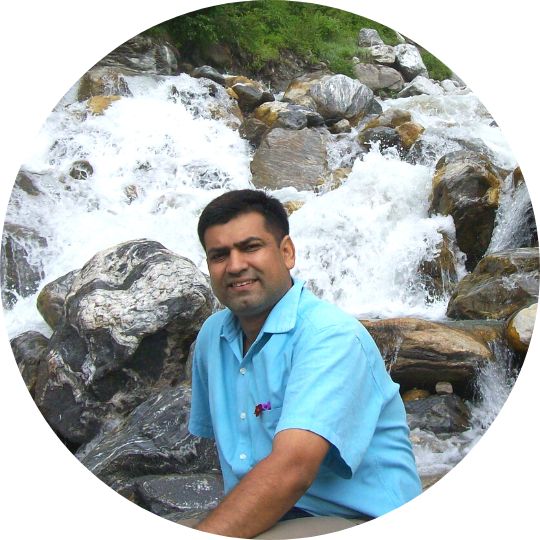
4,194 views
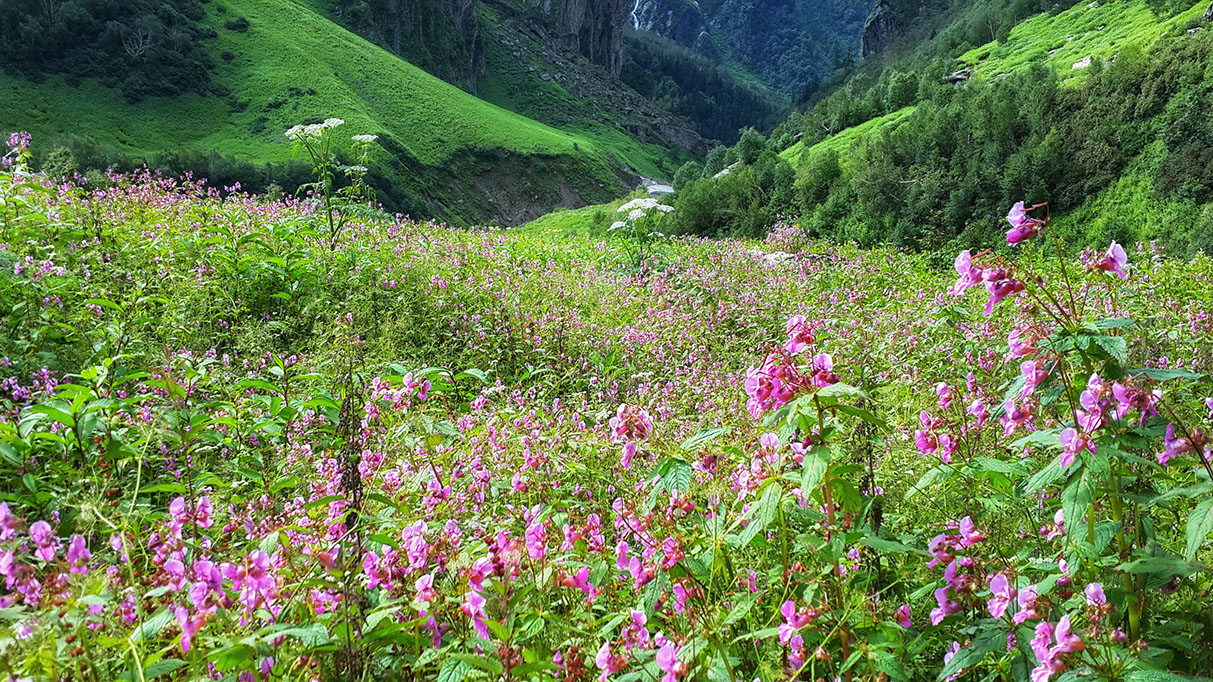
The Magical Valley of Flowers Trek
By Dipak Desai
Last Updated: 27 Jun 2023
Trekking is probably the best way to connect with the basic elements of nature and with your inner self. For me, it has always been my source of solace and Zen. The Himalayan mountains beckon me ever so often and I almost always give in. This time, my trekking buddies suggested a trek to “The Valley of Flowers Uttarakhand” and I joined them in a heartbeat. This breathtakingly beautiful bouquet of nature is an Indian National Park and a UNESCO World Heritage Site.
Snuggled in the western Himalayas, this landscape is bestowed with endemic flowers and diverse fauna. It was a fusion of adventure and spirituality. Being the oldest trek in Himalayas, it is on every intrepid trekker's bucket list. While the Valley of Flowers itself is the highlight of the trek, there is so much more to experience. This is a once-in-a-lifetime 8-day trek organized by Youth Hostels Association of India. There are many authentic tour operators to choose from. It is highly recommended that you take a guided tour to the Valley of Flowers trek rather than venturing on your own.
The History and Mythology Behind the Valley of Flowers
Valley of Flowers is one of the most stunning national parks in Uttarakhand, India. It is popular among nature lovers and trekkers due to its vibrant meadows filled with alpine flowers. In addition to its allure and mystique, the Valley of Flowers has a rich history and mythology.
History
Until 1931, the Valley of Flowers was unknown to the outside world. It was discovered by British mountaineer and botanist Frank S. Smythe. He and two other mountaineers stumbled upon the Bhyundar Valley after losing their way back from their trek to Mount Kamet. The stunning beauty of the area and the abundance of colorful flowers captured Smythe's attention. His subsequent book, "The Valley of Flowers," brought international attention to the valley and led to its eventual designation as a national park.
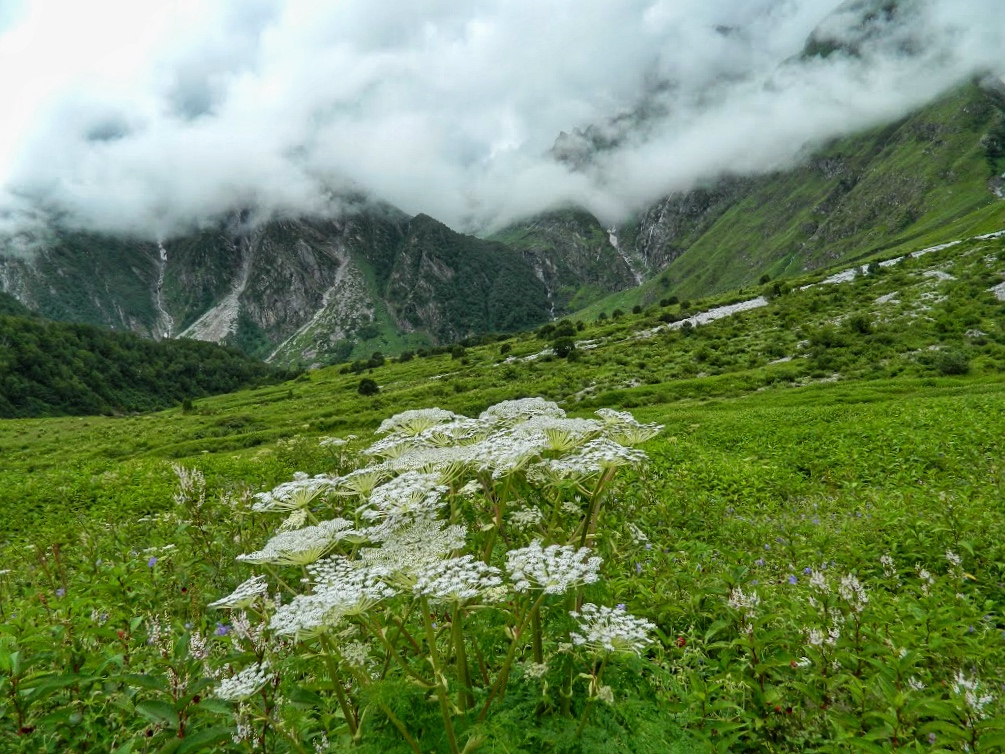
A lush green Valley of Flowers National Park in full bloom
Mythology
In addition to its historical significance, the Valley of Flowers is also steeped in mythology. There is a myth that the Valley of Flowers is inhabited by fairies or celestial beings who protect its enchanting beauty. A person who goes too far into the valley is claimed to be carried away by fairies.
One of the most popular legends surrounding the Valley of Flowers revolves around "Nandankanan." The valley was created when the gods showered flowers down on the earth as a blessing. Hindu mythology refers to "Nandan" as a celestial garden, often associated with Lord Indra. Gods, inspired by the earth's beauty, decided to bestow the valley with an abundance of colorful flowers, making it a paradise on earth.
My journey to the Valley of Flowers
My rendezvous with the Himalayas began 15 years ago and I have done several treks here like the Hampta Pass Trek. Every time I head to the Himalayas, reaching the base camp takes a day or so. I live in Rajkot, Gujarat. There are several ways to reach the Valley of Flowers. I had the option of flying from Ahmedabad or Rajkot to Delhi, with Ahmedabad offering more flights. However, I preferred to fly from Rajkot in order to save time on the journey. From Delhi, there are several ways to reach the base camp in Rishikesh; flight, bus or cab. I took a 6-hour bus ride from Delhi and reached Sindhi Dharamshala in Rishikesh. As usual, we had our meeting & greeting session over a hearty breakfast the next morning followed by a brief discussion on the itinerary for the Valley of Flowers trek. We left our luggage in lockers after packing our bags with the basic necessities needed for the trek.
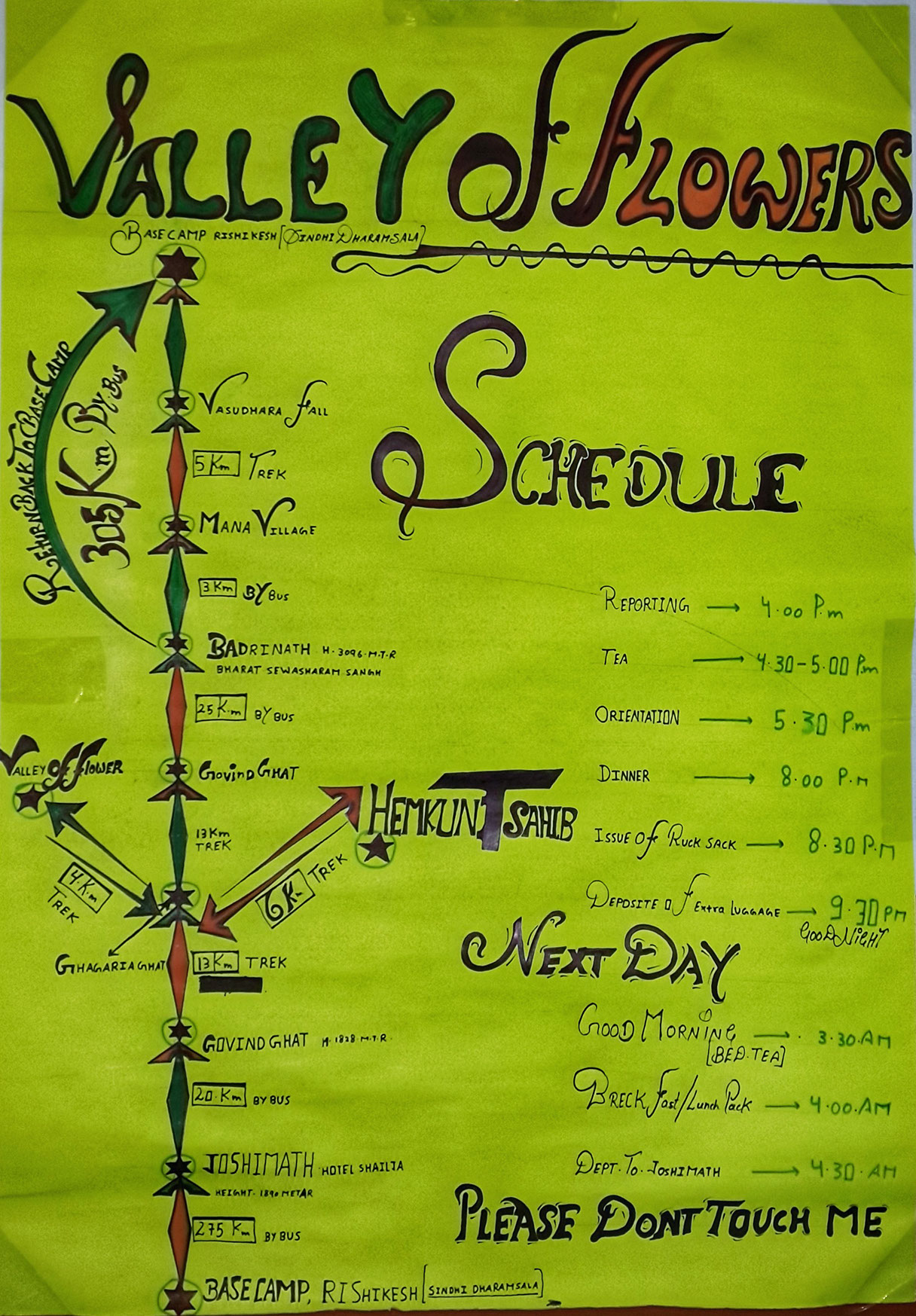
Base camp wall displays a detailed schedule of the Valley of Flowers trek
Valley of Flowers Trek Itinerary: Step-by-Step Guide
The first thing I needed to do before starting the trek was to reach the base camp. Acclimatization to the conditions and altitude is the next most important step. Due to the high altitudes and thin air prevalent in this region, acclimatization is absolutely crucial before embarking on a Himalayan trek. In this way, the body is able to gradually adapt to the lower oxygen levels, reducing the risk of altitude-related sickness. The difficulty level for the Valley of Flowers trek is moderate and it is suitable for beginners. However, it is necessary to take precautions.
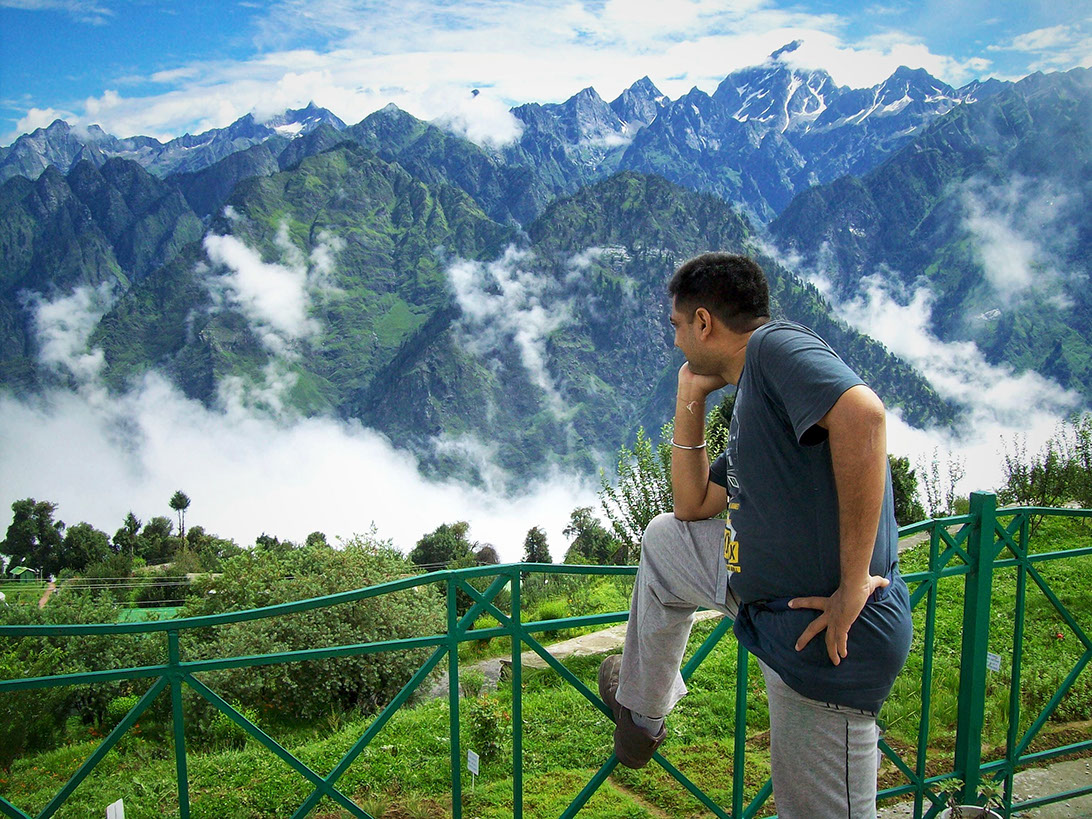
Here I am in my zone and ready for the new experience
Day 1: Arrival at Rishikesh Base Camp
From Delhi, I took a scenic bus ride to Rishikesh, our base camp where all trekkers had to meet. The picturesque landscape unfolded before my eyes as the bus traversed through winding roads, surrounded by lush greenery and the serene beauty of the mountains. A journey into the natural splendor served as a perfect introduction to the highly anticipated trek.
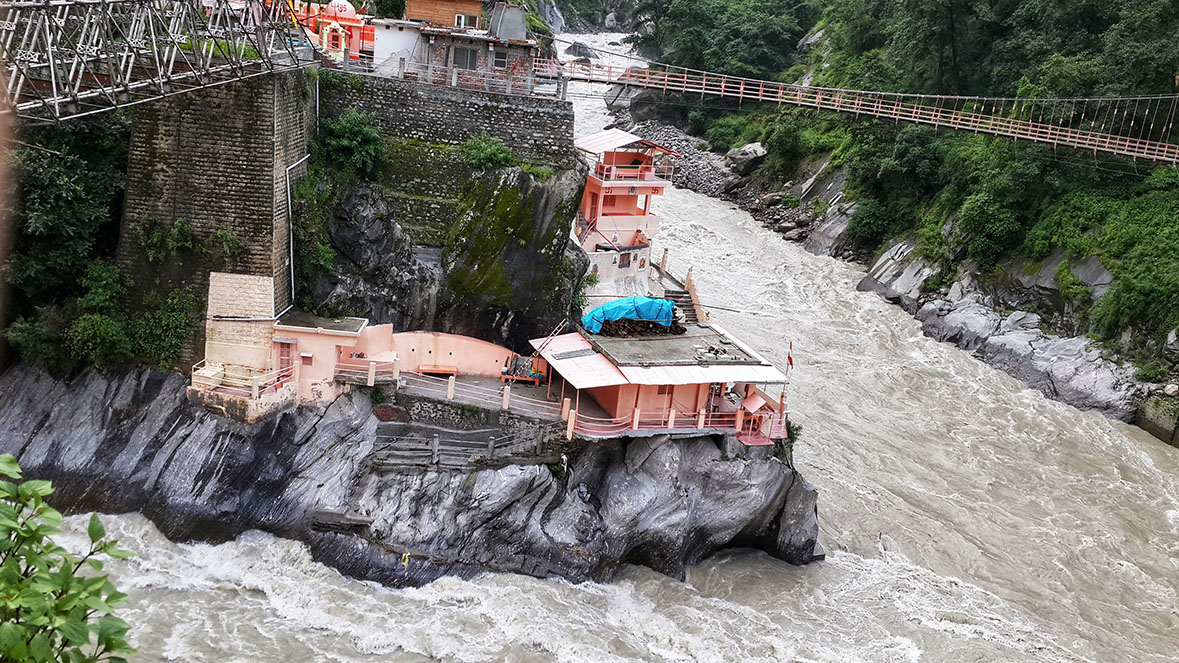
A view from the bus as we approached Rishikesh
Day 2: Rishikesh to Joshimath
We boarded the bus as the distance from Rishikesh to Joshimath is 255 kilometers. This drive is through the most spectacular landscape. The roads in these regions are curvy with a steep drop on one side and the mountain on the other. The drive itself is like an adventure. The scenic route kept me distracted along the otherwise unnerving route. Landslides are very common in this region and we happened to land right in the middle of one! This delayed our trip. A ride that normally takes 6-7 hours, took us almost 10 hours. Exhausted, we reached Joshimath at 5 pm and checked into our accommodation. There are many hotels and other accommodation options in Joshimath. An interesting aspect of this trek is that most of the places along this route have pacca (built) accommodation unlike other treks where only tents are available. We had some yum soup and then headed out into the village to explore Joshimath. A quaint village but well connected, Joshimath has the Jyotirmath Temple that is very famous. We paid our respects and returned to our accommodation for a warm hearty vegetarian meal and campfire.
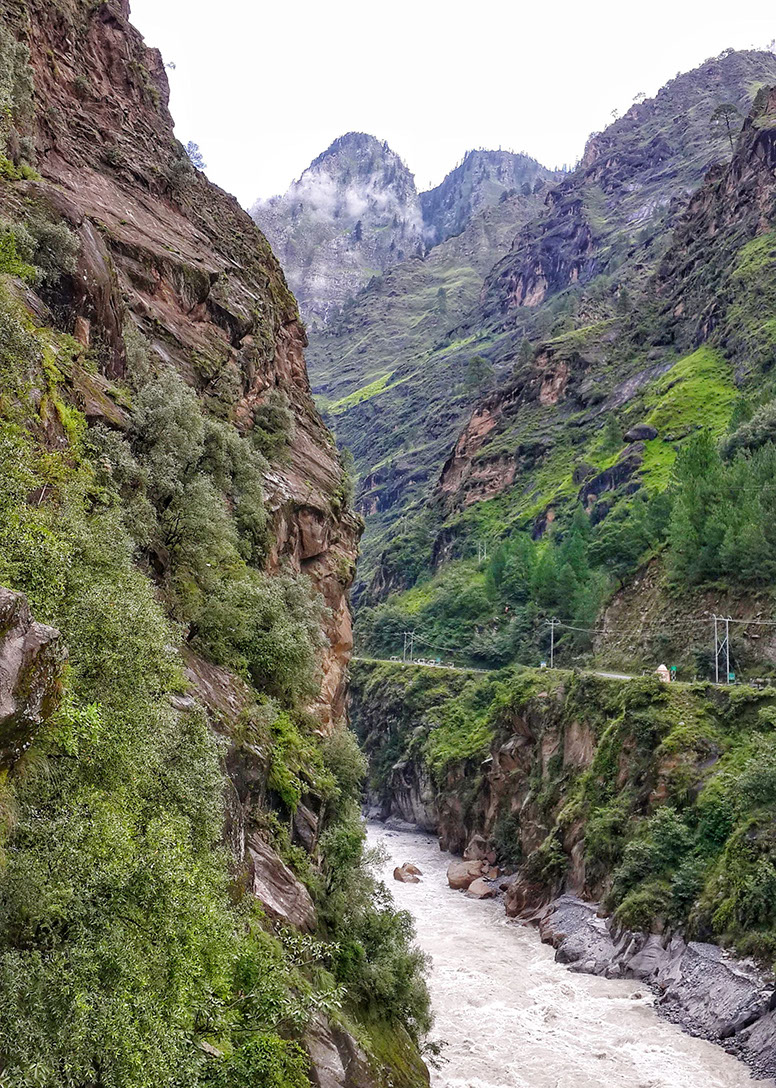
The narrow curvy roads make for a thrilling driving experience
Day 3: Joshimath to Auli
Auli is a paradise for skiers and a delight for nature lovers. The distance from Joshimath to Auli is about 16 kms. Alternatively, there is a ropeway here which offers the most magnificent view of the Himalayas. This 30-minute ropeway ride is definitely something one should experience while in Auli.
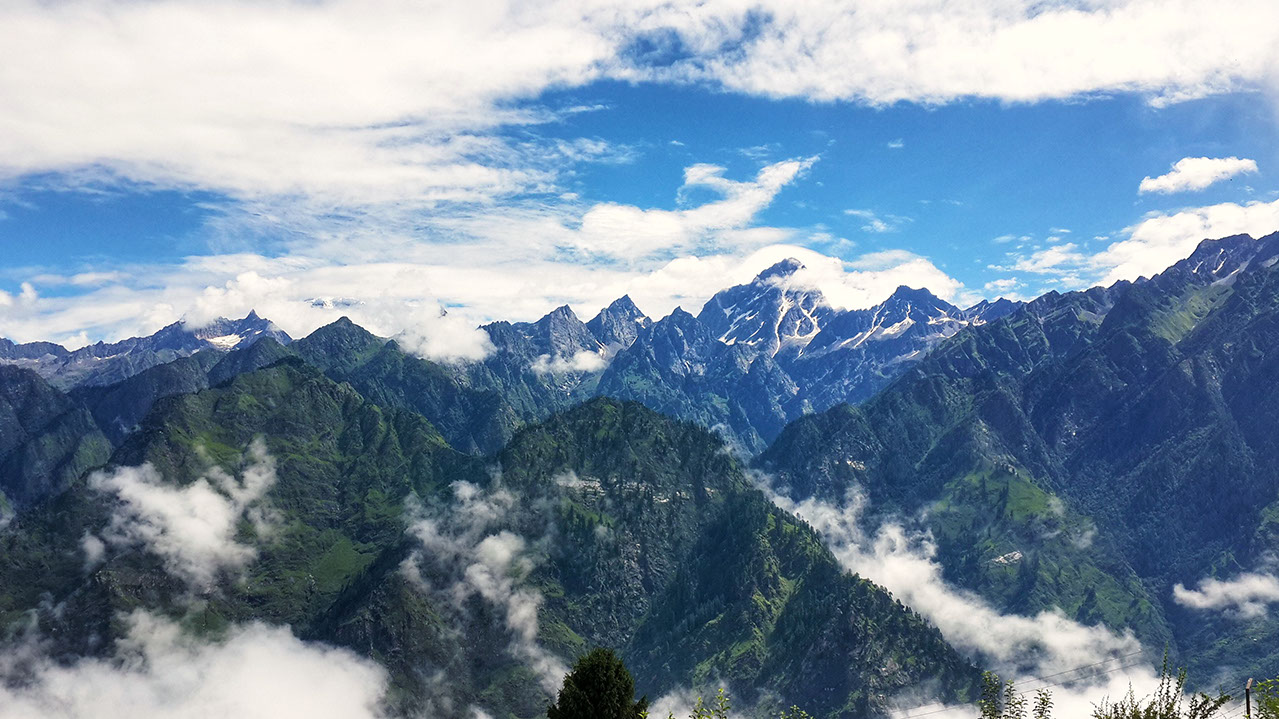
This panoramic view of the Himalayas from Auli is gobsmackingly stunning
We did a trek to Chattrakund for about 3-4 hours as an acclimatization exercise. We also visited the famous Mountaineering and Skiing Institute. Established in 1973 as a Winter Craft Wing of the Force, it was re-christened in 1990 as Mountaineering and Skiing Institute. After an exciting morning in Auli, we returned to Joshimath in time for lunch. We spent the rest of the day at Joshimath roaming around the village and absorbing the culture of this beautiful village.
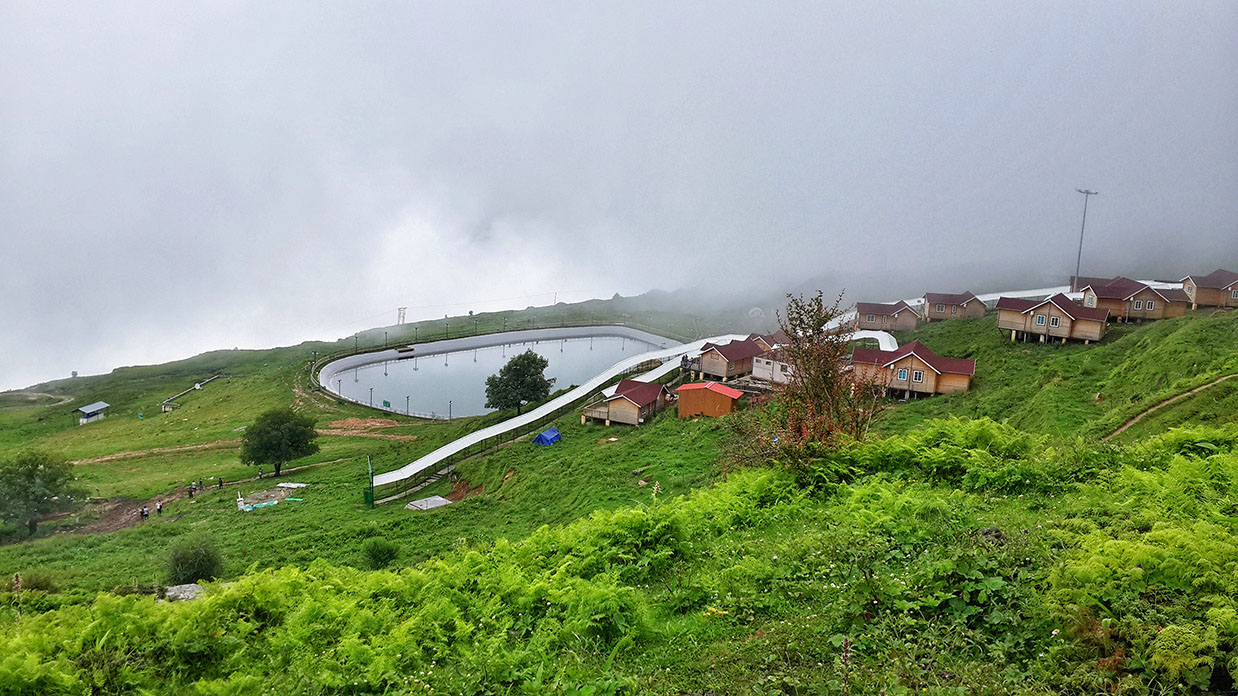
A stunning view of Chattrakund lake while on an acclimatization trek from Auli
Day 4: Auli to Ghangaria
The next day, we moved to our next base camp at Ghangaria at an altitude of 10,000 feet. Tummies fueled and luggage packed, we boarded the bus by 8 am. After a scenic 20-km drive, we arrived at Govind Ghat, home to one of the most beautiful and religiously acclaimed Gurudwaras in India. We visited the Gurudwara to pay our respects and partake in the Langar (meal served at the community kitchen). There are plenty of hotels and homestays in Govindghat for those who want to spend a day here. After a delicious meal, we embarked on a rather tough 13-km trek to Ghangaria which takes 7-8 hours. This route has religious significance for Sikhs as they visit Shri Hemkund Sahib, a world famous Sikh pilgrimage center. We reached the village by 4.30 pm and checked into our accommodation, which was our base for the next 3 days.
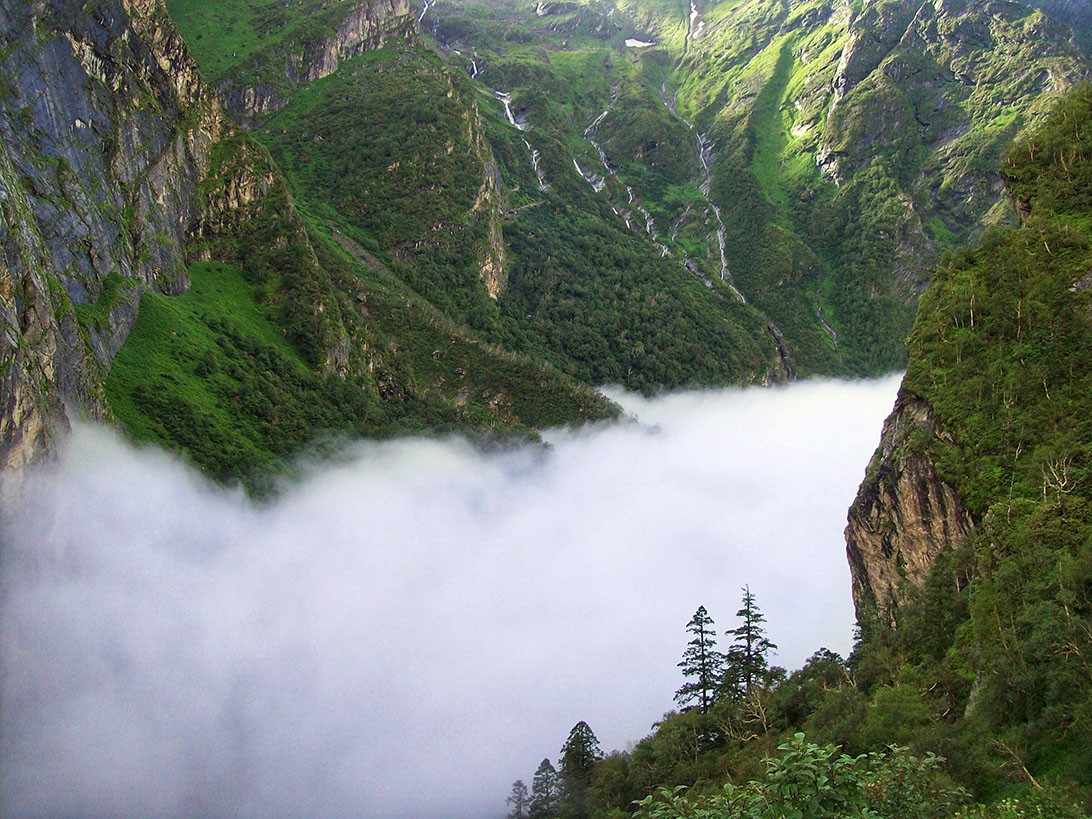
A truly magical view of the mountains from above the clouds at Ghangaria
This village operates only during peak season which is April to October. Locals prepare to cater to tourists and pilgrims during this time. Ghangaria is a small but beautiful village and a key location for access to the Valley of Flowers and Shri Hemkund Sahib. These areas are not accessible during winter as there is excessive snowfall and the temperatures are freezing. The locals also move to lower parts during this time. With the rising altitude, the weather gets very cold so make sure you pack your bags with warm clothing. After a warm vegetarian meal, we settled in our dormitory and bonded before retiring to bed.
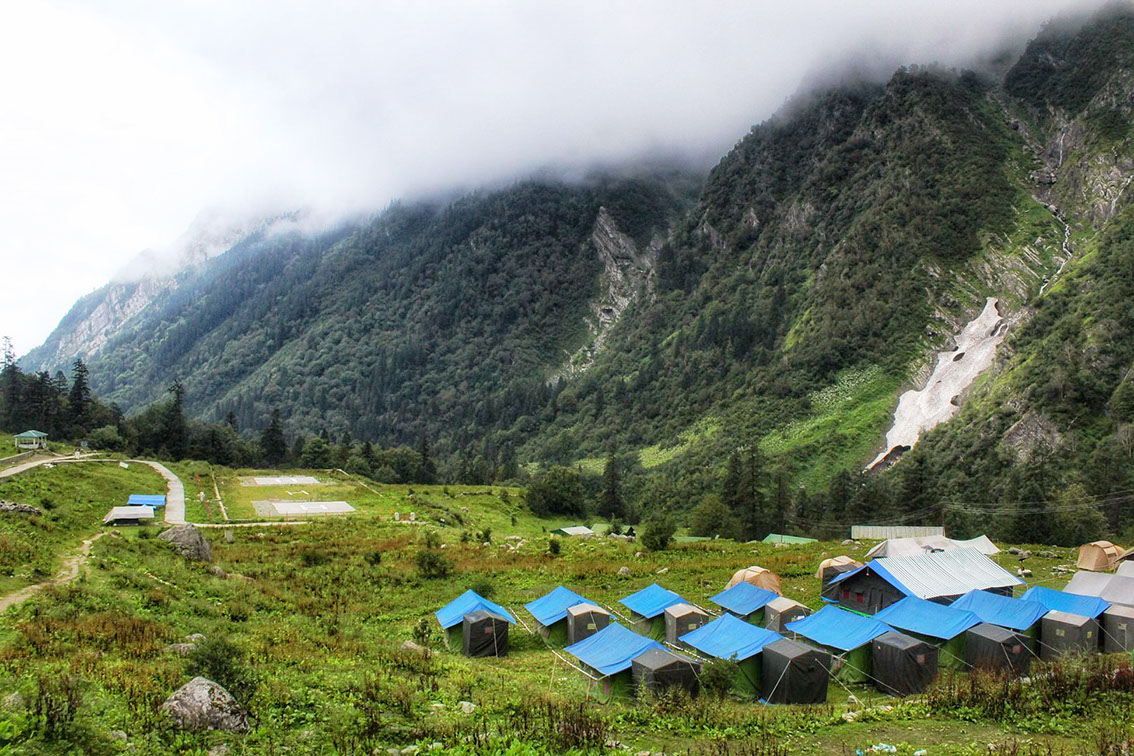
The makeshift and seasonal village of Ghangaria
Day 5: Trek to the Valley of Flowers Uttarakhand
Today was the highlight of this exceptional trek, our visit to the Valley of Flowers in Uttarakhand. The best time to visit the Valley of Flowers is between July and mid-October and we were there in August. With a full day of trekking planned, we were super excited.
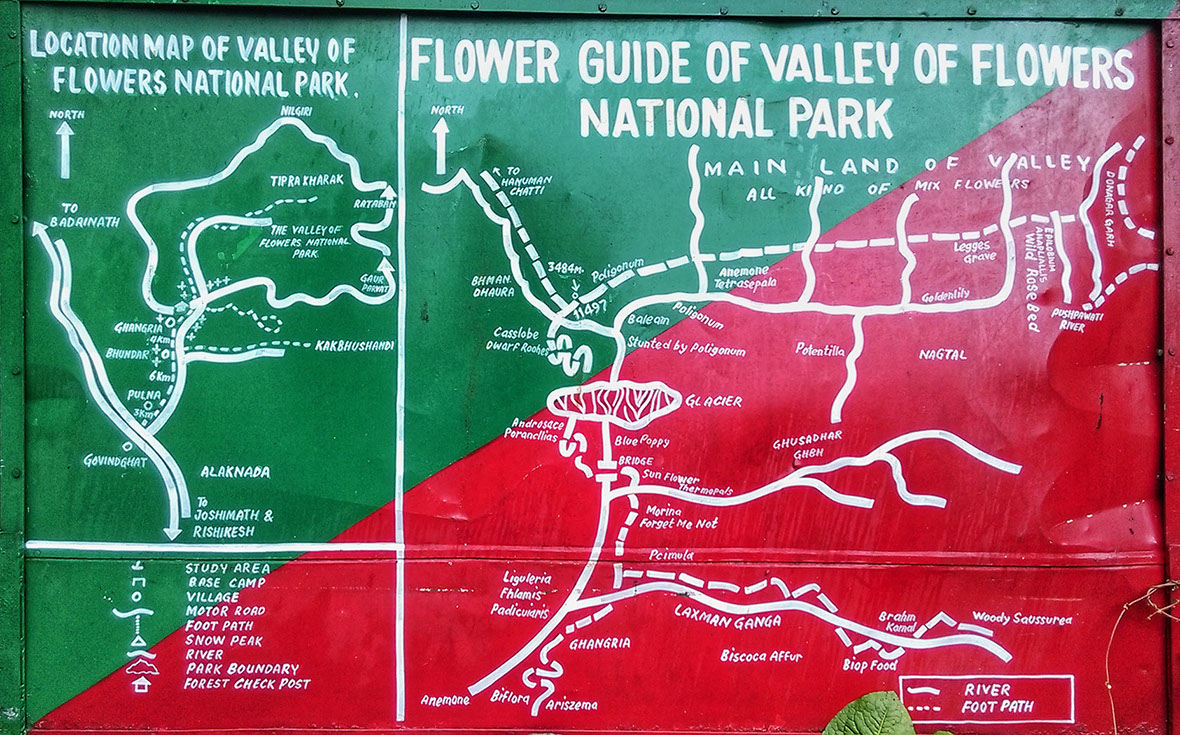
At the park's entrance, there is an information board detailing the internal trails
Before leaving for the trek, our guide briefed us on some important points to keep in mind. NEVER touch or smell any of the flowers in the Valley of Flowers. Many of the flowers are known to be poisonous and fatal. There have been several incidents of poisoning and unconsciousness because of this. The Valley of Flowers National Park hours are from 8 am to 5 pm. But the best time to visit is in the morning and until 1 pm. The weather becomes very unpredictable after that and it is not advisable to be in this area after noon.
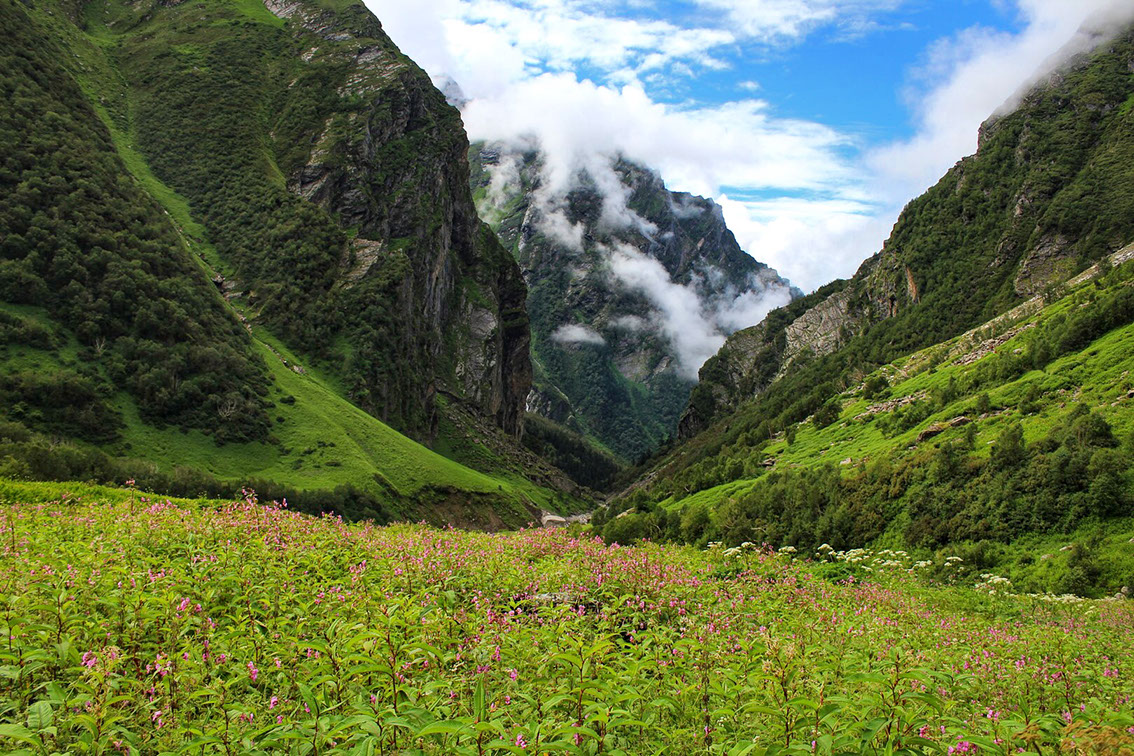
The Valley of Flowers trek sets the state with flowers blooming along the way
Equipped with caution and a water bottle, we set out at 7.30 am to the flower paradise. The 5-km Valley of Flowers trek is absolutely gorgeous giving us a prelude of what to expect. The route was laden with greenery, flower beds, waterfalls and some paths even had traces of snow! The trek was an easy one and was thoroughly enjoyable because of the surroundings. We stopped along the way to capture photographs and take in the beauty of the hills.
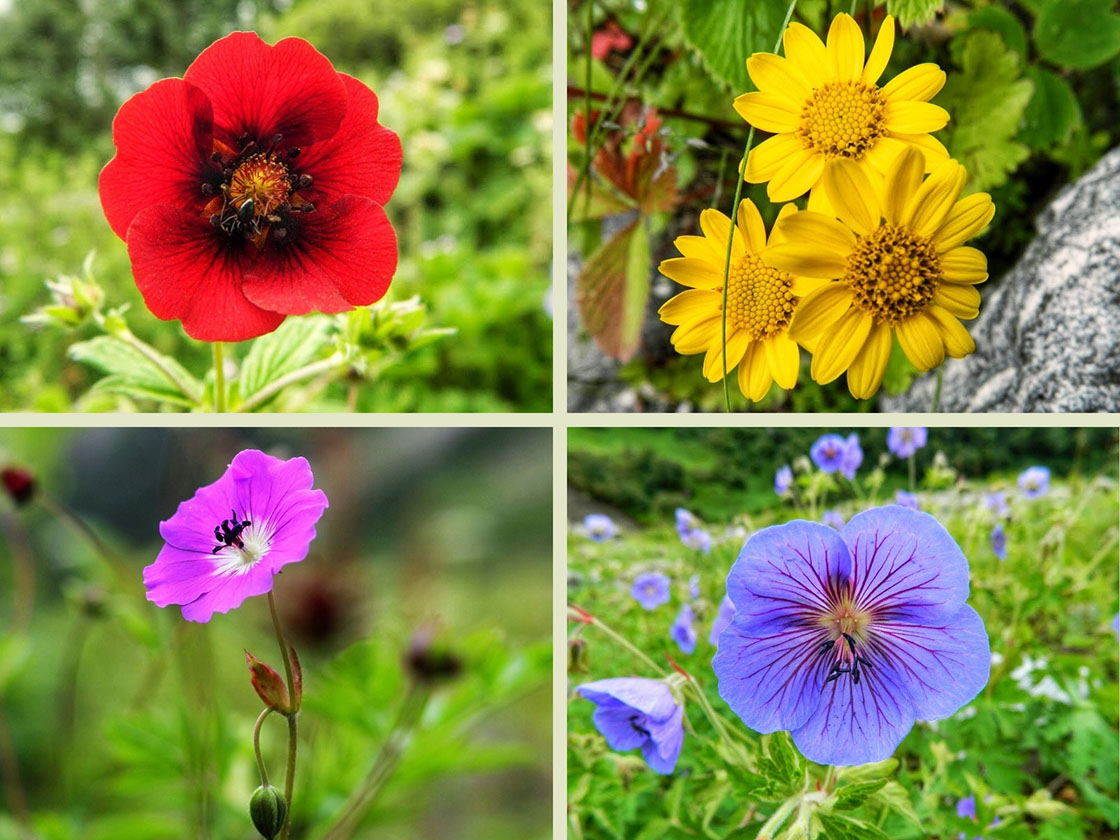
Here are some of the exotic flowers seen in the Valley of Flowers Uttarakhand from left to right: Potentilla atrosanguinea, Saxifraga parnassifolia, Geranium sylvaticum, Geranium himalayense Klotzsch
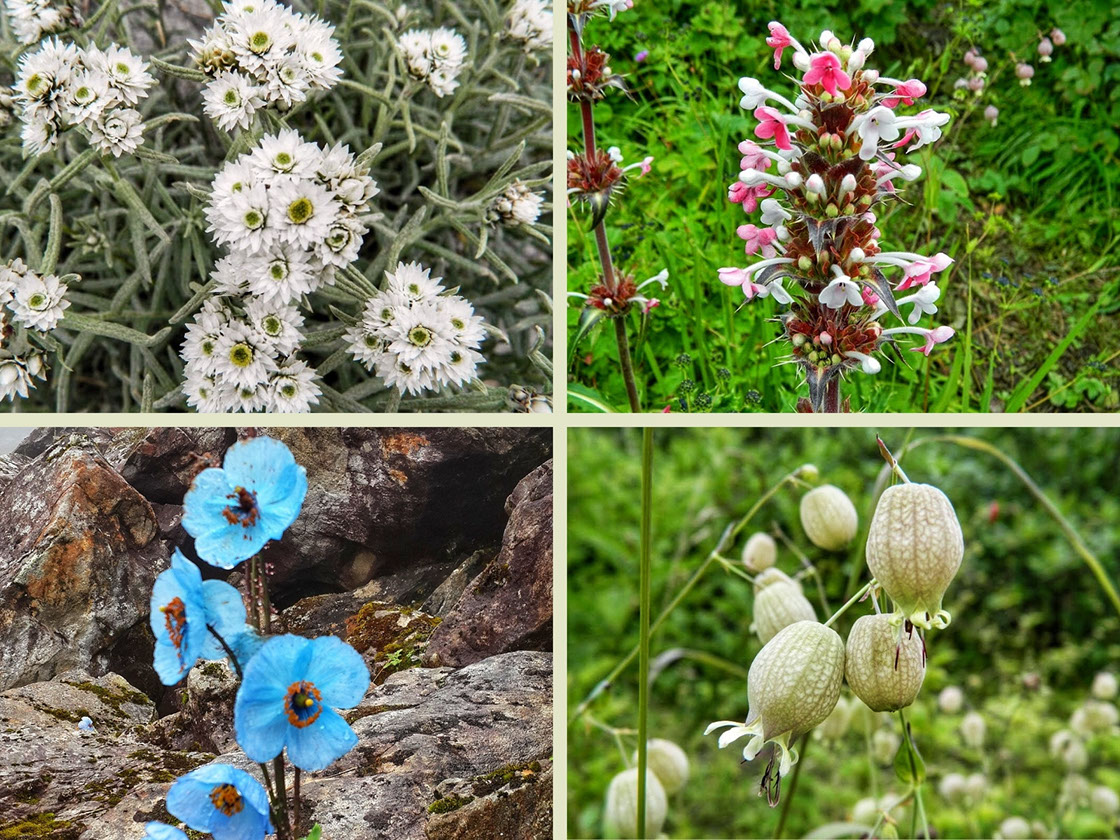
These are a few of the endemic alpine flowers of Uttarakhand found in the Valley of Flowers in India, sequenced from left to right: Aletris pauciflora, Ligularia amplexiacaulis, Berberis jaeschkeana, Selinum wallichianum
On reaching the entrance of the Valley of Flowers National Park, a nominal fee is collected to gain access to this piece of heaven. Please visit the official website for more information related to weather and permit. In front of me was an endless stretch of flowers in a million hues creating an alluring canvas! It was like a gigantic carpet with weaves of every shade one can imagine. It is truly indescribable! I wandered around this 10-km long beauteous place mesmerized. In between this myriad floral maze was a bubbling river meandering through the valley that enhanced the ambience manifold.
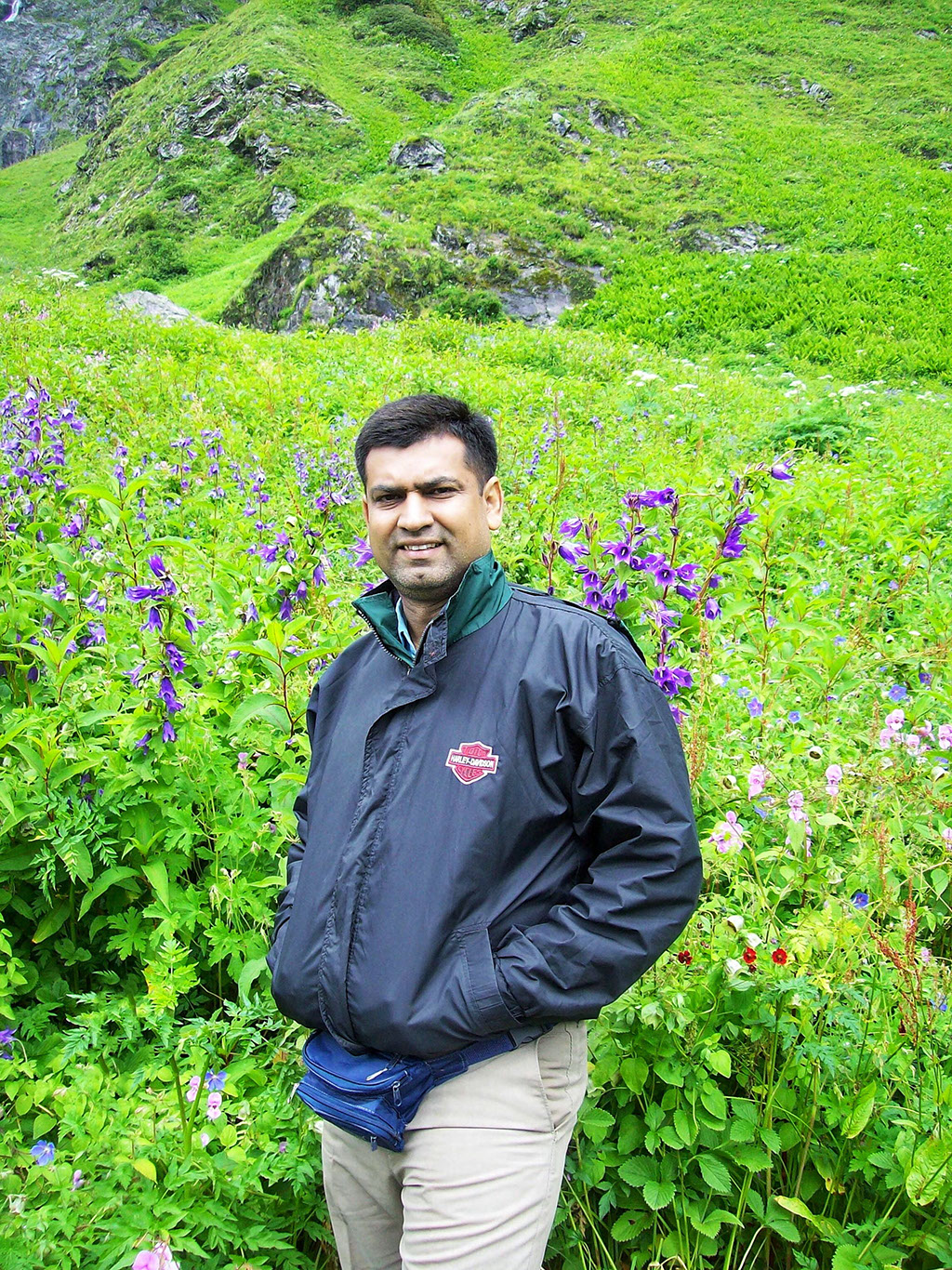
No one leaves the Valley of Flowers in Uttarakhand without their pictures there and I am no exception!
Each one of the trekkers spent time on their own, some going the full length of 10 kilometers while others went half way. We spent about 2 hours experiencing nature's extravagance. After countless photographs, we headed back to Ghangaria. It was probably one of the most fulfilling days and all of us spent the rest of the evening sharing our experiences and photographs of this epic day.
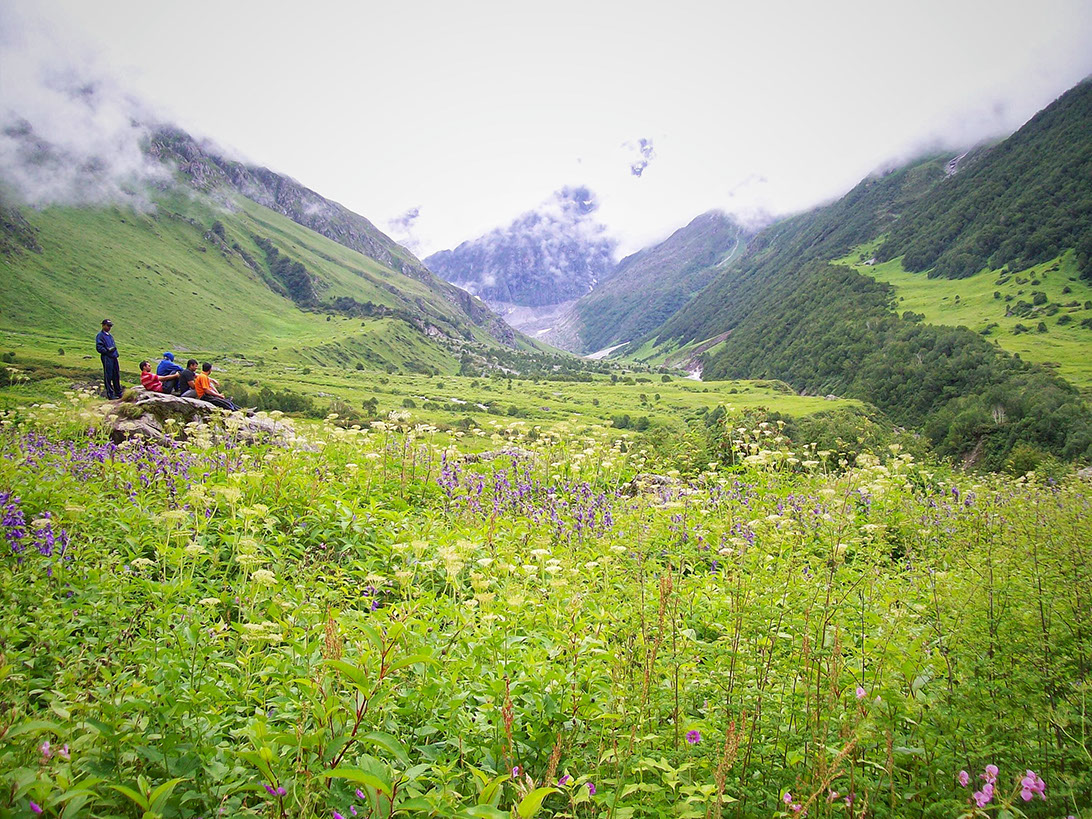
A bunch of trekkers enthralled in the beauty of flower valley
An Unforgettable Experience
Entering the Valley of Flowers felt like stepping into a vibrant botanical wonderland. The meadows were adorned with a kaleidoscope of alpine flowers, creating a breathtaking tapestry of colors. Exploring the valley, I encountered a rich diversity of flora and fauna, from delicate flowers to elusive Himalayan birds. The trek taught me valuable lessons about perseverance and resilience, as the challenging terrain demanded physical and mental strength. I keep learning the importance of acclimatization, gradually ascending to higher altitudes to avoid altitude sickness. Adhering to safety precautions, such as staying on designated paths and being equipped with proper gear, ensured a safe and enjoyable journey. Paying attention to health considerations, like staying hydrated and recognizing the signs of altitude sickness, played a vital role in maintaining well-being and fully immersing in the awe-inspiring beauty of the Valley of Flowers.
Day 6: Trek to Shri Hemkund Sahib
After a restful night, we were ready for yet another unique experience, the trek to Shri Hemkund Sahib, a place immersed in rich culture and history. This is a pilgrimage place that every Sikh would like to visit once in his/her lifetime. We had to scale up to an altitude of 15,000 feet from 10,000 feet in a 6-km climb, challenging. We set out at 5.30 am as it is recommended that visitors reach Shri Hemkund Sahib in the morning and return back by 2 pm due to unpredictable weather. Don't forget your rain gear as well. We arrived there at 10.30 am and were captivated by the ambience.
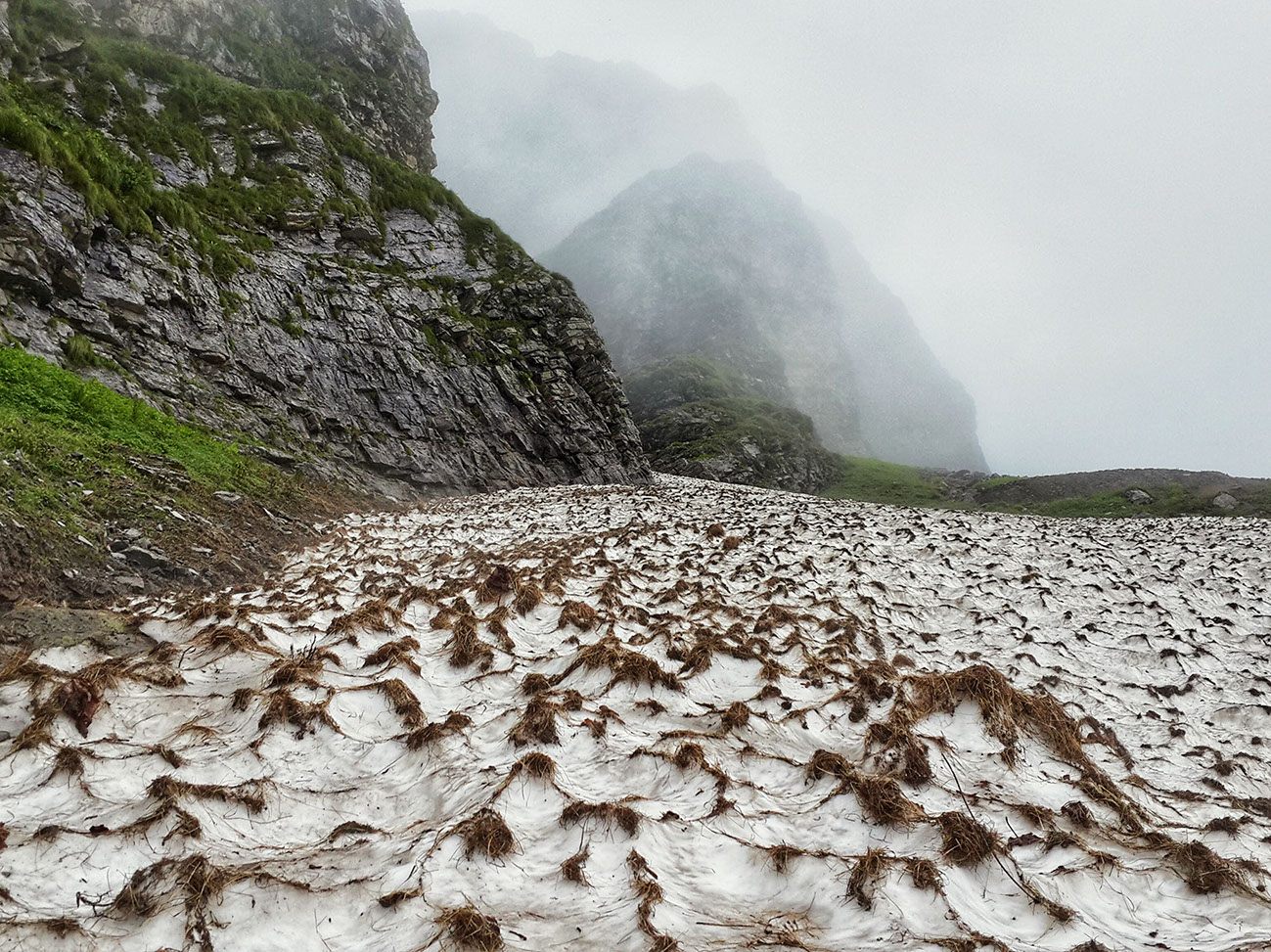
On the way to Hemkund Sahib, a trek through snowy terrain
The small but enigmatic Gurudwara surrounded by hills and waterfalls had a beautiful spiritual aura that was calming. There is a holy talab (pond), also known as Hemkund Lake in which pilgrims take a quick dip because the water is freezing. It is believed that all your sins are washed away when one takes a dip in this holy talab.
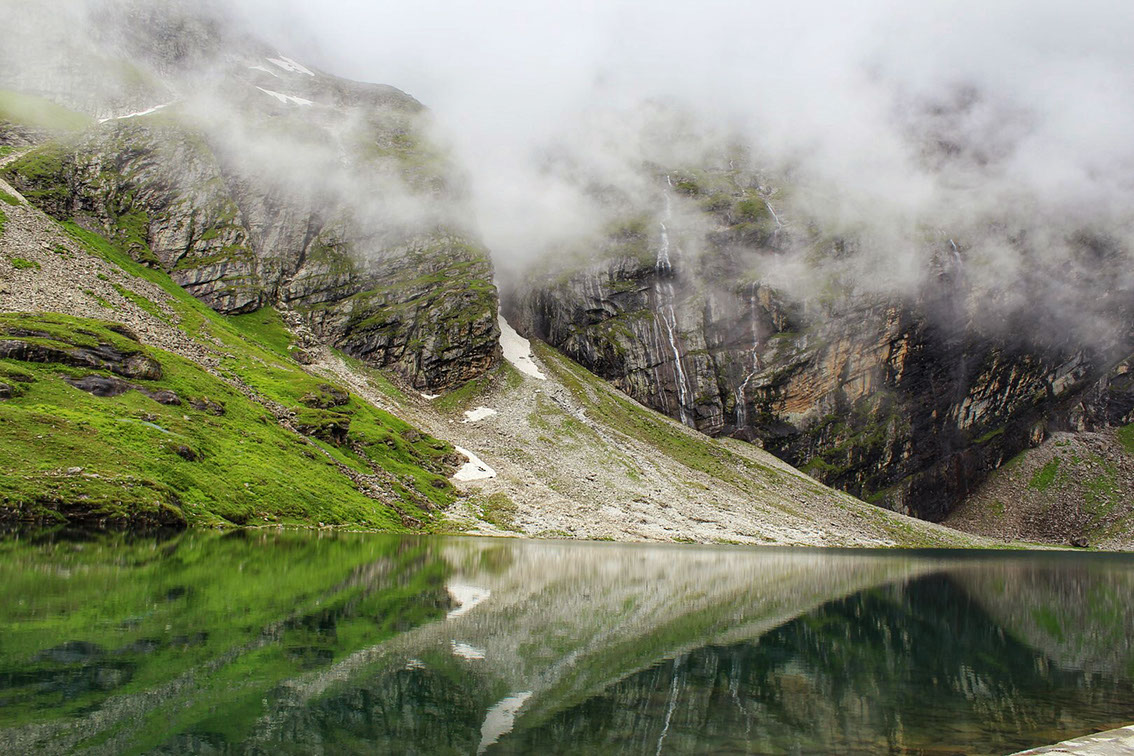
A mirror image of the extraordinary surroundings is seen in the crystal clear Hemkund Lake, also known as Lokpal Lake
We then entered the gurudwara and spent some reverent time in the place. Outside, there were sevaks (volunteers) who prepared and served piping hot Kichadi (a one pot dish made of lentils and rice) and tea. It is amazing that groceries are carried to an altitude of 15,000 feet to prepare and serve a meal to pilgrims.
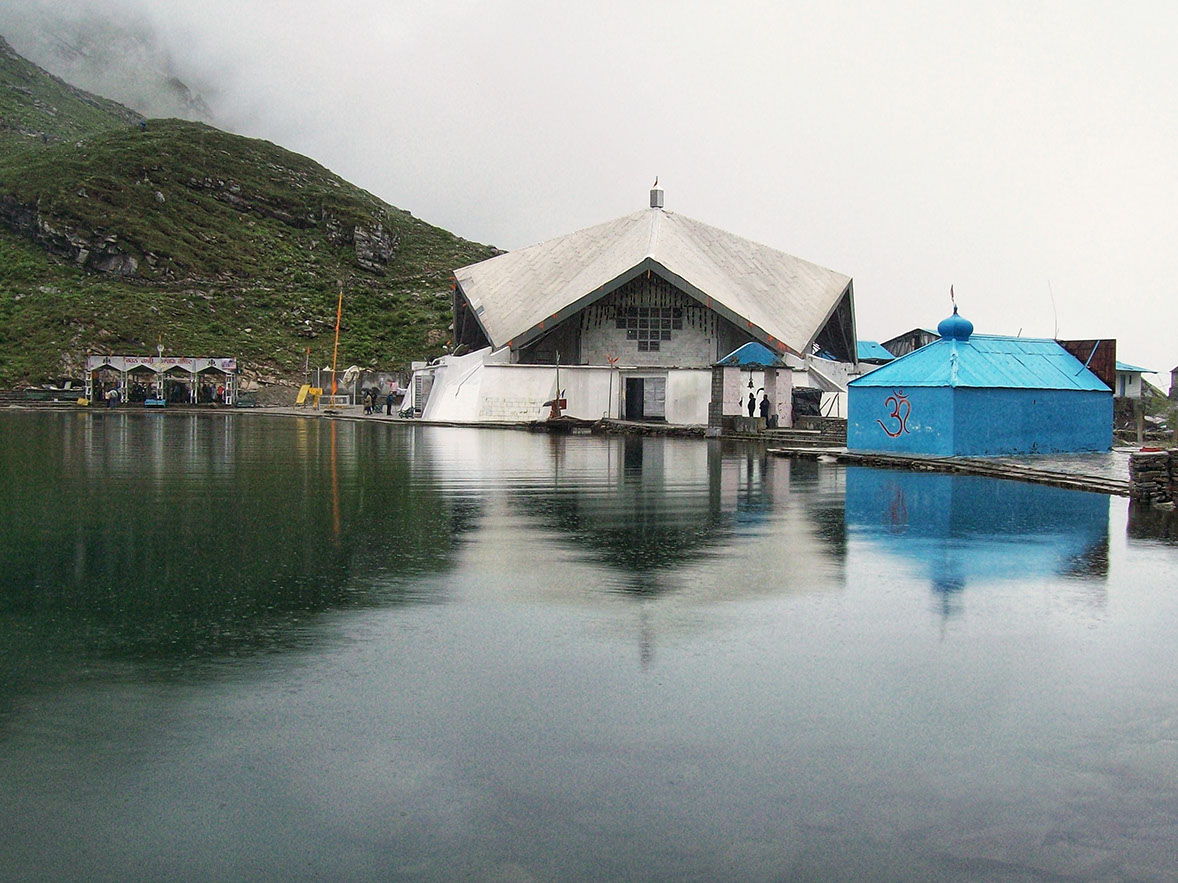
Shri Hemkung Sahib Gurudwara and Lokapl temple - an important pilgrimage place for Sikhs
Mythology around Shri Hemkund Sahib
There are a few mythologies associated with Shri Hemkund Sahib. Here are a few legends about this sacred place:
- In popular belief, Lakshman, the younger brother of Rama, meditated at Hemkund Lake. Lokpal was the other name for Lakshman, so the lake is also referred to as Lokpal Lake.
- One theory refers to the legendary herb Sanjeevani that cured Lakshman during the battle with Ravana. According to legend, the four magical herbs that comprised Sanjeevani were found near Hemkund Lake.
- Brahma Kamal, the state flower of Uttarakhand, holds a special meaning in Hemkund Sahib's mythology. The flower is said to have bloomed from the belly of Lord Vishnu. Also associated with the Brahma Kamal are the tales of Draupadi offering the flowers to Lord Krishna and Goddess Nanda Devi being offered these flowers during Nanda Ashtami. Additionally, the flower appears in the epics of Ramayana and Mahabharata.
Notably, the Brahma Kamal is unique to the Hemkund Lake area and is not found in the nearby Valley of Flowers.
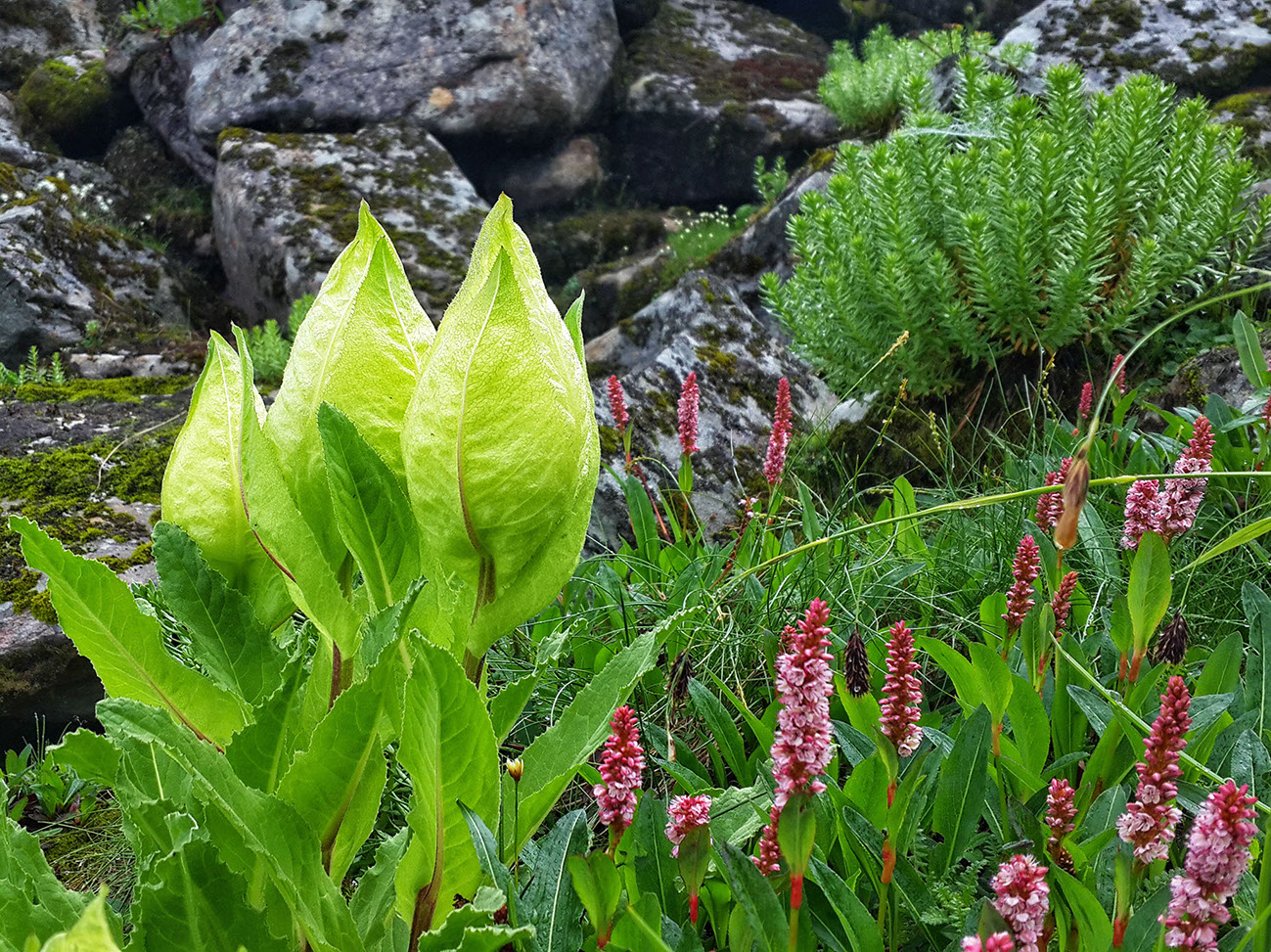
The Brahma Kamal flowers at Hemkund Lake
Day 7: Ghangaria to Badrinath
The next day we started from Ghangaria to Badrinath via Govind Ghat. Reaching around 2.30 pm, we visited the Gurudwara in Govind Ghat and had Langar before boarding the bus to Badrinath. Known as a pilgrimage place, Badrinath Temple is one of the four "Char Dham" (holy destinations) pilgrimage sites in India. It is believed that a tour to Badrinath and of these four places opens the gates of heaven by washing away the sins of the pilgrims. The drive to Badrinath is adventurous because of the curvy steep roads. To add to this, there was a cloudburst that caused floods and landslides. After an action-packed 3-hour drive, we eventually reached Badrinath.
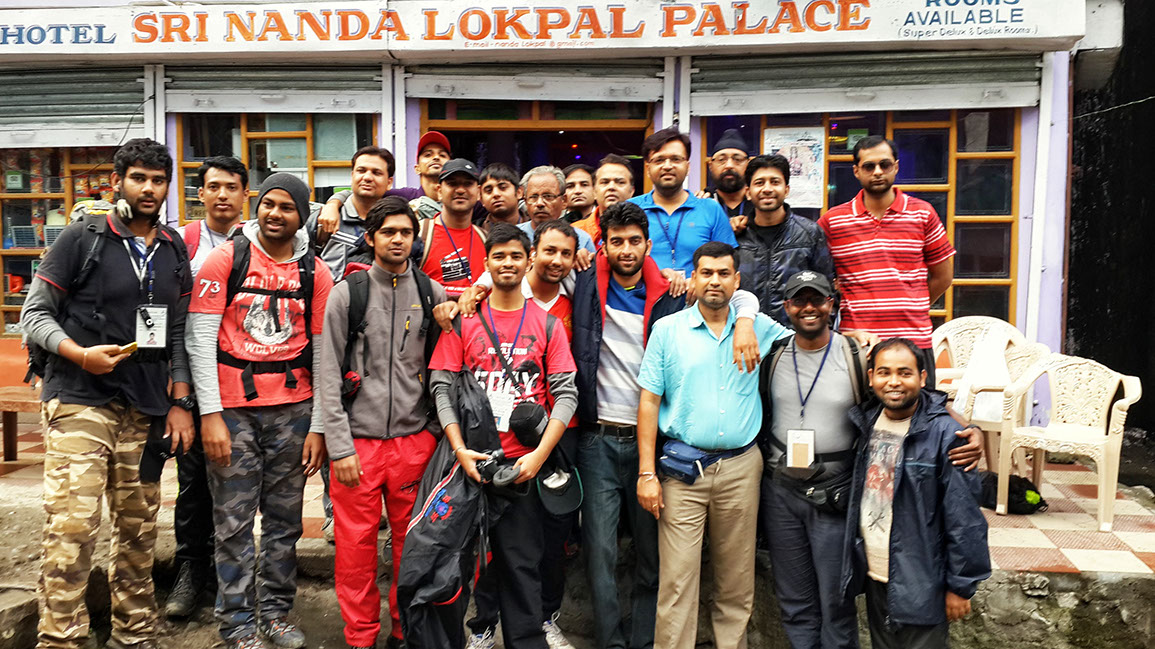
Our group of enthusiastic trekkers just happy to be in the lap of nature
After checking in and freshening up, we headed to the Badrinath Temple, a place I was longing to visit. The spiritual aura is intense and very palpable in this auspicious place. The ancient temple with its colorful design and architecture leave you in awe as does the legend and history of the temple. I took a dip in the holy pond here and felt a beautiful feeling of calm and serenity with the day's tiredness washed away. Another beautiful day came to an end while another wish was fulfilled.
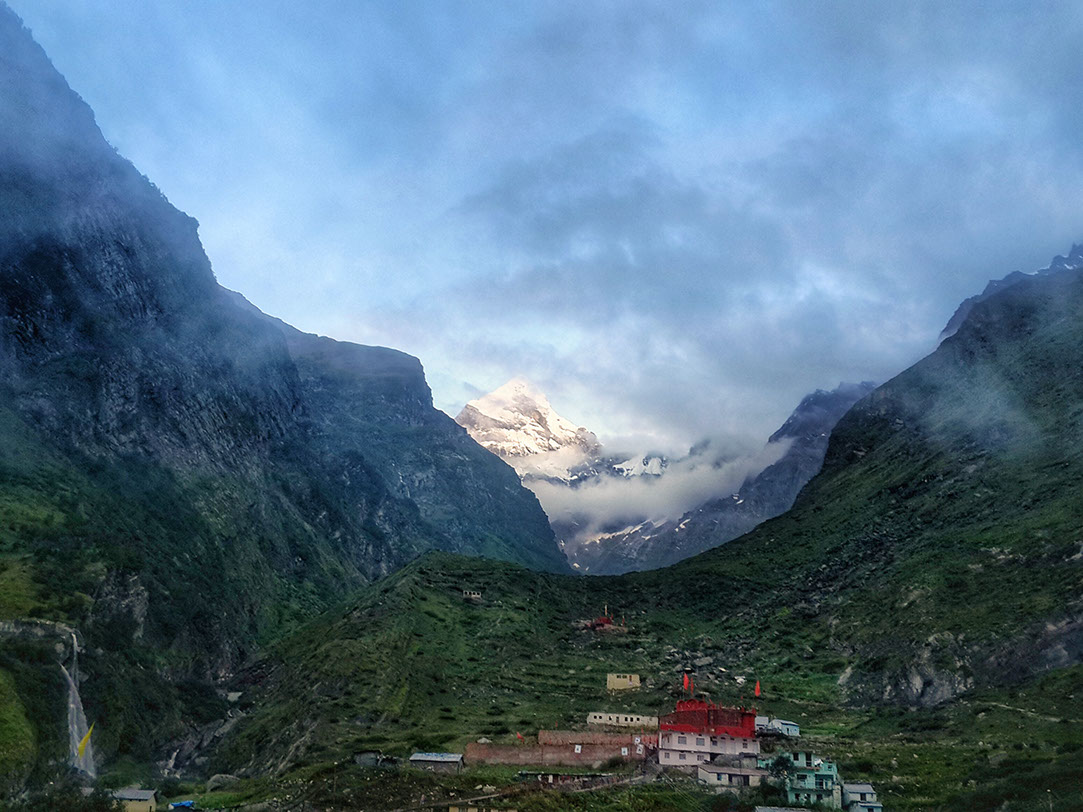
Badrinath temple is nestled in the Land of the Gods and this view captures the spectacular surroundings
Day 8: Vasundhara Falls & Mana Village (the last village of India)
The next day was an extension of spirituality with some adventure as well. I had heard about the Mana Village from many people but here I was, finally to experience this unique village. The last village of India from the border is situated at an altitude of 10,500 feet and only 24 km from the Indo-China border. This village in Chamoli is a world of its own. The people, the land and the culture are all unique and beautiful. This village holds a huge religious significance with Jain influence as well. This is evident from the Manibhadra Temple and Ghantakarna Mahavir Temple located in this quaint village that we visited. The people of the Bhotia Community are one of the holiest people. We spent time interacting with the locals and participating in their cultural events.
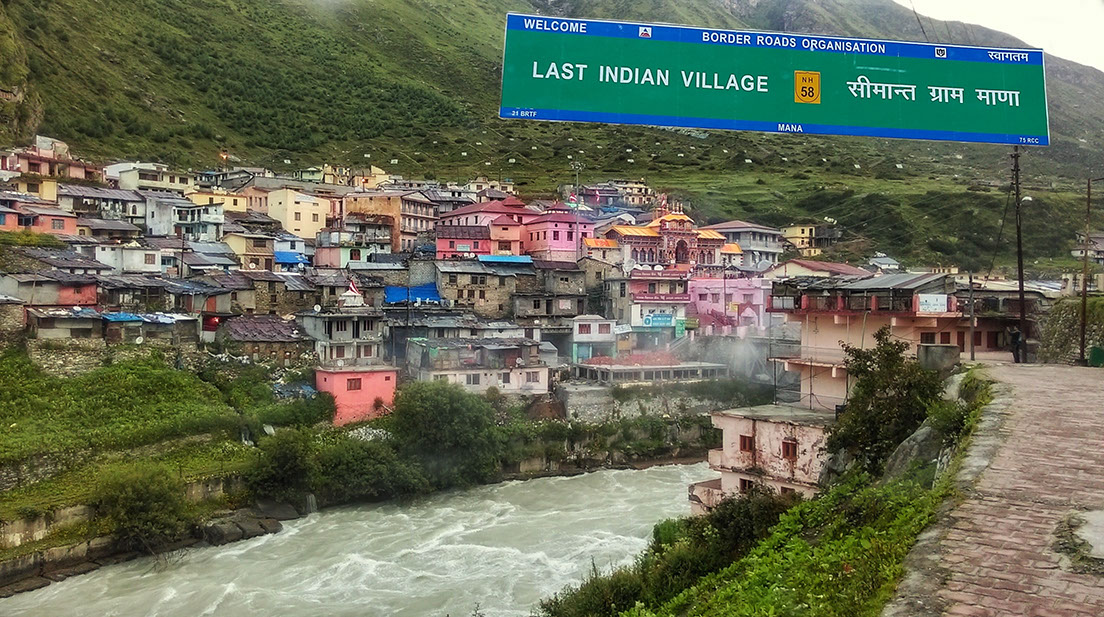
MANA - the last village of India
An interesting place close to Mana Village is a small cave called Vyas Gufa. It is believed that Maharshi Vyas composed Mahabharatha in this cave. A shrine dedicated to this holy man is seen here that is more than 5,000 years old. There is also an iconic tea shop in Mana Village that is the last tea shop in Uttarakhand India, and before the Indo-Chinese border. Every visitor ensures that they have a cup of Chai (tea) here as a tradition. We did the same and trust me, this tea infused with Himalayan herbs was one of the best cups of tea I have ever had.
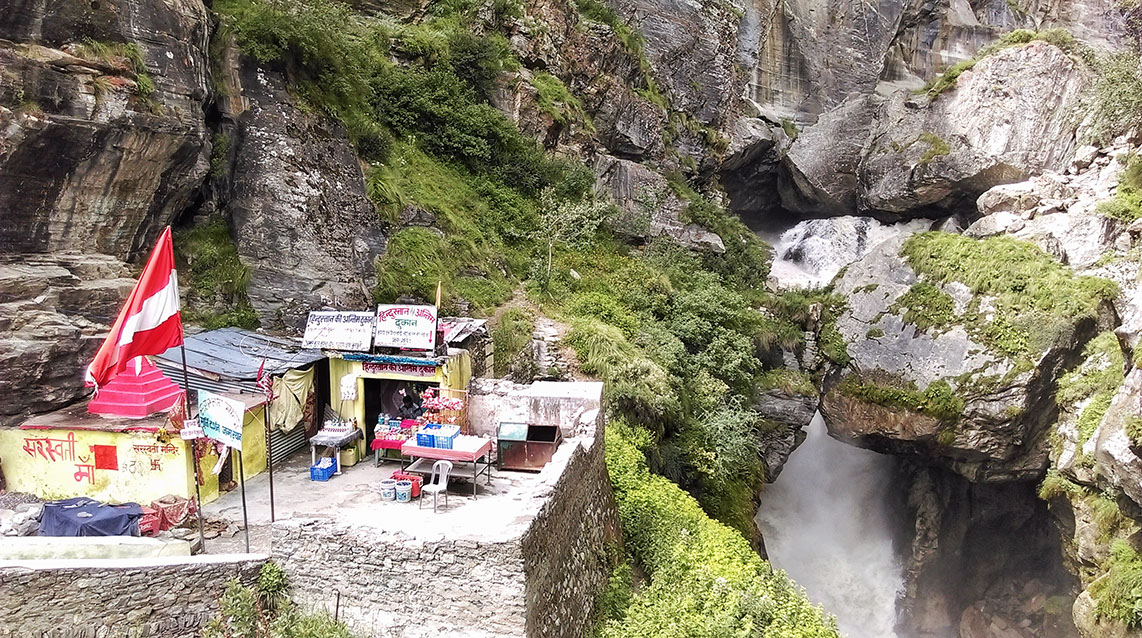
This is the last tea shop in India, a unique location for a well-known shop
From the village, a 6-kilometer trek took us to the spectacular Vasudhara Falls. This majestic waterfall drops from a height of 400 feet and makes for the most astounding sight. It is a remote destination not known to many but definitely a MUST visit when in Mana Village. The water is nectar sweet and refreshing. It is one of the most enchanting places to visit. Surrounded by nature's bounty, we had a lunch picnic at this unique spot before returning back to Badrinath. This was the last destination in our Valley of Flowers Trek.

The ravishing Vasundhara Falls is set at a height of 12,000 feet above sea level
Saying Goodbye to Floral Bliss
It was time to head back home. We had a 12-hour journey back to Rishikesh during which we reminisced about the glorious time we had. Nature has the power to unite, heal and calm and we have witnessed this first hand. There were moments of excited chatter about our adventures and moments of silence reflecting on the sheer magnificence of nature. On reaching Rishikesh, we shared one last meal together and explored various activities in Rishikesh before departing the next morning towards our homes. A treasure trove of memories of the magnificent Himalayas and the mesmerizing expanse of a million flowers was etched in my mind forever. I bid adieu to the mountains, until the next beckoning, soon.
Frequently Asked Questions:
What is the best way to reach Valley of Flowers Trek?
In order to reach the Valley of Flowers Trek, you must first travel to Rishikesh, Uttarakhand. You can either take a taxi or a shared jeep from Rishikesh to Govindghat village. The trek begins at Govindghat. To ensure a smooth and safer journey to the Valley of Flowers, I recommend hiring a local guide or joining a trekking group.
Can beginners do the Valley of Flowers Trek?
The Valley of Flowers Trek is safe for beginners if they prepare and exercise caution. Despite its moderate difficulty, the trek has well-marked paths and gradual ascents. The best way to prepare for a trek is to focus on physical fitness and stamina-building exercises. It is essential to acclimatize and take regular breaks during the trek.
Is there accommodation available during the Valley of Flowers Trek?
Yes, accommodation is available during Valley of Flowers Trek. Accommodation options include guesthouses and campsites. The trek begins in the village of Ghangaria, which has several guesthouses and hotels offering basic amenities like beds and hot water. During the peak trekking season, it is recommended to book the Valley of Flowers trekking package in advance.
Is a permit or permission required for the Valley of Flowers Trek?
Due to the trek's location within Valley of Flowers National Park, an entry permit is required. A permit can be obtained at the Forest Department Check Post before entering the park. In order to apply for a permit, it is advisable to bring identification documents, such as an identity card or passport.
Is there medical care available during the Valley of Flowers trek?
There is limited medical care available during the Valley of Flowers trek, particularly in the area of Ghangaria. It can only treat minor injuries and ailments. There are, however, limited medical facilities in the region, and they may not be equipped to handle serious emergencies.
What should I pack for the Valley of Flowers Trek?
The following essentials should be considered when packing for the Valley of Flowers Trek:
- Sturdy and comfortable hiking shoes with good traction.
- Adaptable layers of clothing, including waterproof and windproof jackets.
- Trekking gear like a backpack, a water bottle, a headlamp, sunscreen, insect repellent, and a first aid kit is essential.
- During the trek, be sure to carry snacks and high-energy food items.
Should I take any precautions during the Valley of Flowers trek?
It is important to take precautions when trekking through the Valley of Flowers.
- Ensure you acclimatize properly by gradually ascending to higher altitudes to avoid altitude sickness.
- Drink plenty of water and stay hydrated.
- Keep to designated paths and marked trails to ensure safety and minimize impact on the ecosystem.
- Pack appropriate clothing and gear for changing weather conditions.
- Be prepared with a first aid kit, sunscreen, insect repellent, and stay up to date on the weather forecast.
What is the distance and duration of the Valley of Flowers Trek?
Valley of Flowers Trek covers approximately 35 kilometers roundtrip. It typically takes 6 to 8 days to complete the trek, which includes time spent on the trail, exploring the valley, and acclimatizing. The actual duration may vary depending on factors such as individual hiking pace, rest days, and weather conditions. You should allocate sufficient time to fully enjoy the valley's beauty and have a fulfilling experience.
Does the Valley of Flowers Trek present any altitude challenges?
Due to the high elevation of the region, the Valley of Flowers Trek presents altitude challenges. The trek begins in Govindghat at an altitude of 1,800 meters (5,900 feet) and gradually ascends to Ghangaria at 3,050 meters (10,000 feet). As trekkers gain altitude, they may experience symptoms of altitude sickness such as headaches, nausea, and dizziness. Acclimatization, proper hydration, and gradual ascent are essential to mitigate these challenges and ensure a safe and enjoyable trek.
Disclaimer: This blog may contain affiliate links. At no extra cost to you, we may get a small commission if you buy anything. All products and services we endorse have been personally used or come highly recommended to us. These incomes allow us to keep the community supported and ad-free.
Things To Consider
About the author
Rate the Story
Related Stories
Please share your comment
Very interesting and inspiring journey.... I was heard about Auli but this seems complete information.. Thanks for sharing...

Hiking is a process where a human being transforms him/her from strain to tranquility. Places like Valley of flowers can do wonders to people who really are in search of serinity. The way you narrated your journey is adaptive to everyone & it would really help amateurs hikers as well. Much appreciation for putting your journey into words.

It’s a wonderful place ; Do we really have such places in India. It’s like heaven on the earth. Thanks for sharing your experience Deepak Sir . I will definitely plan to visit this place soon.

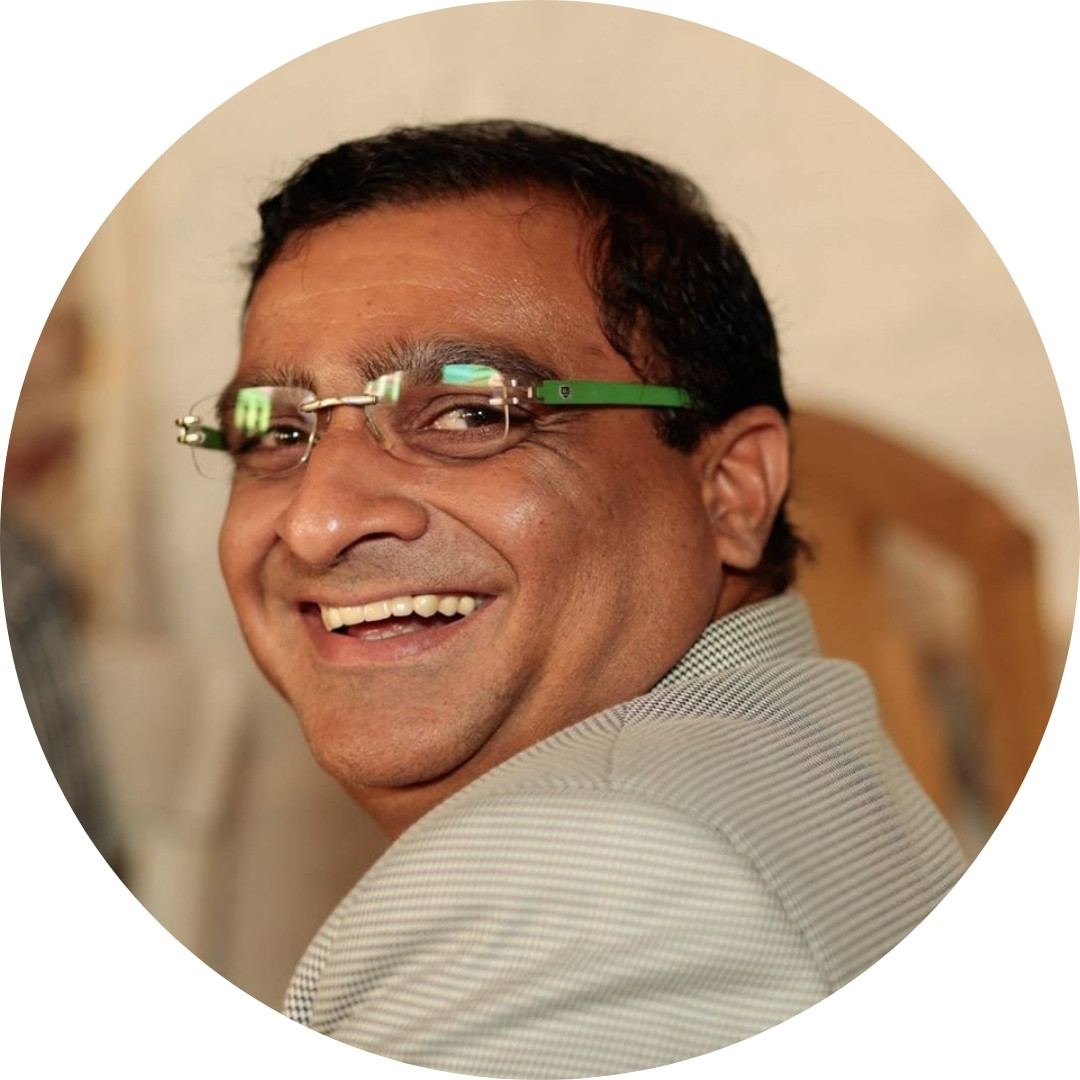
Wonderful, out of world feeling from home. I will definitely visit this if it is possible.

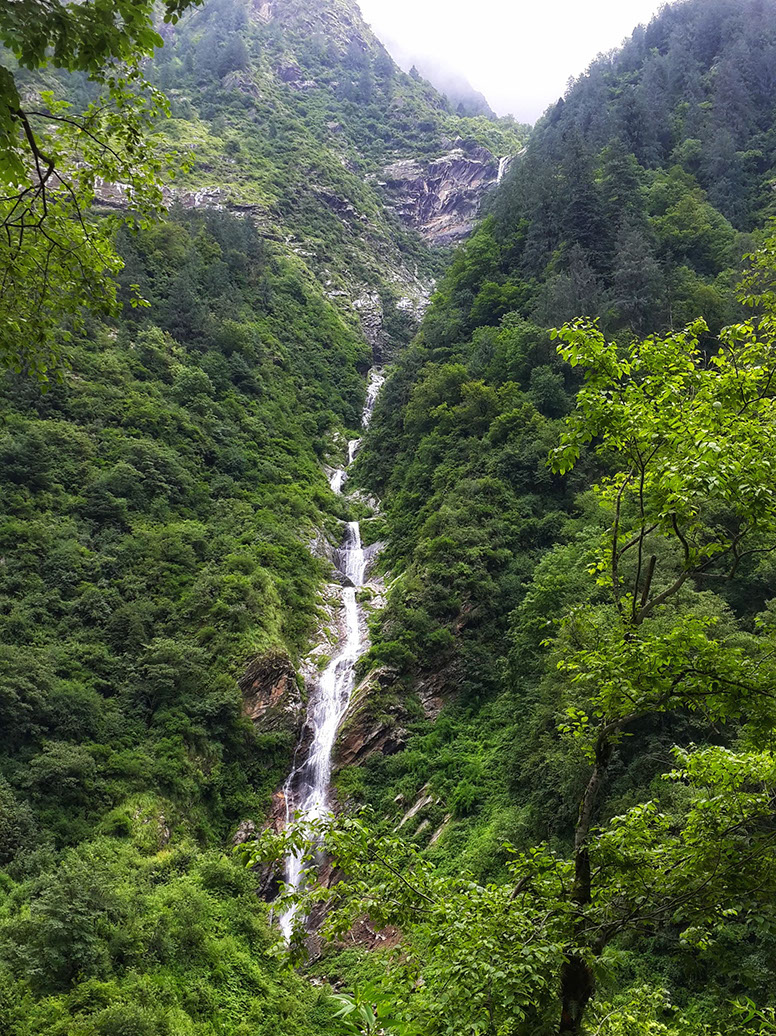
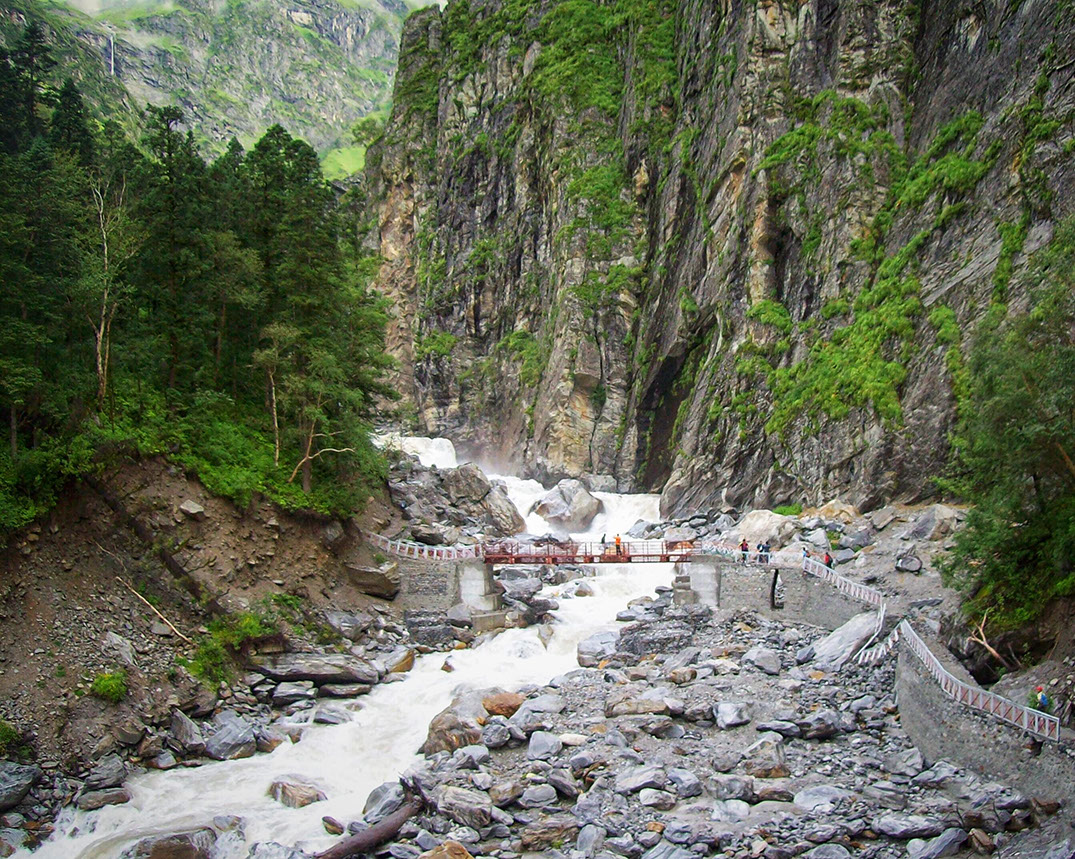
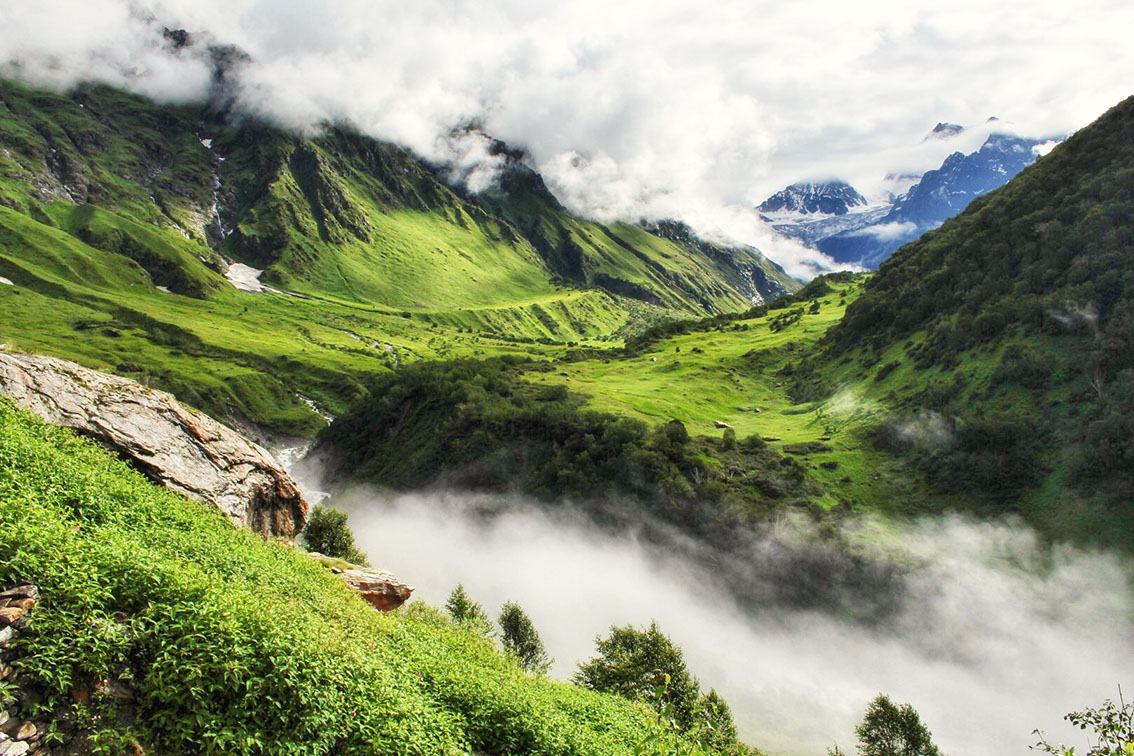
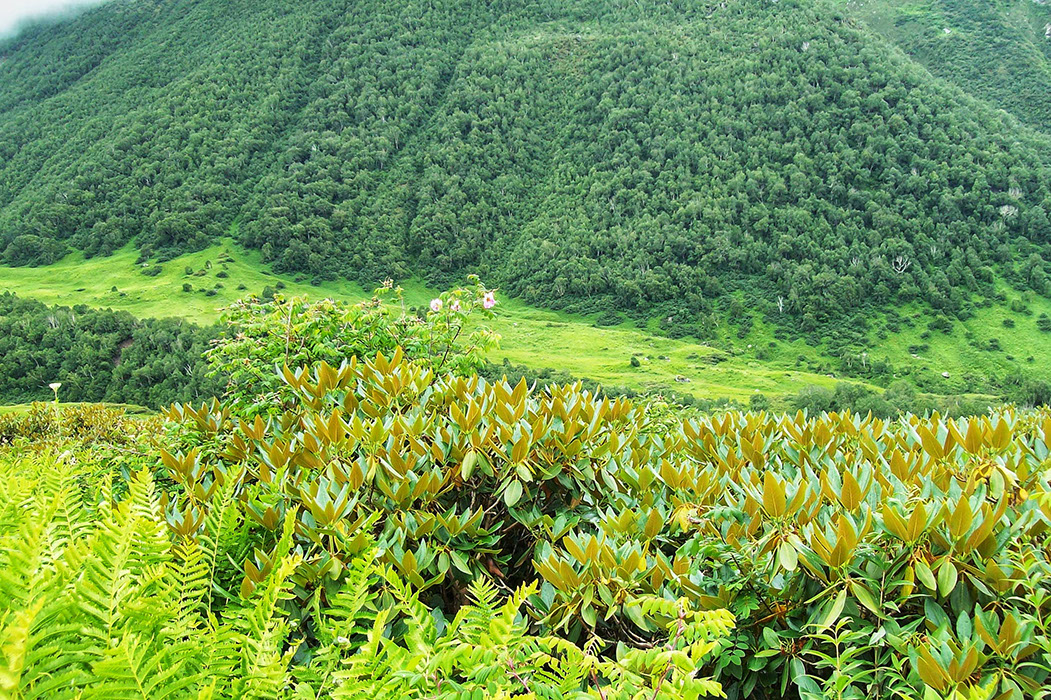
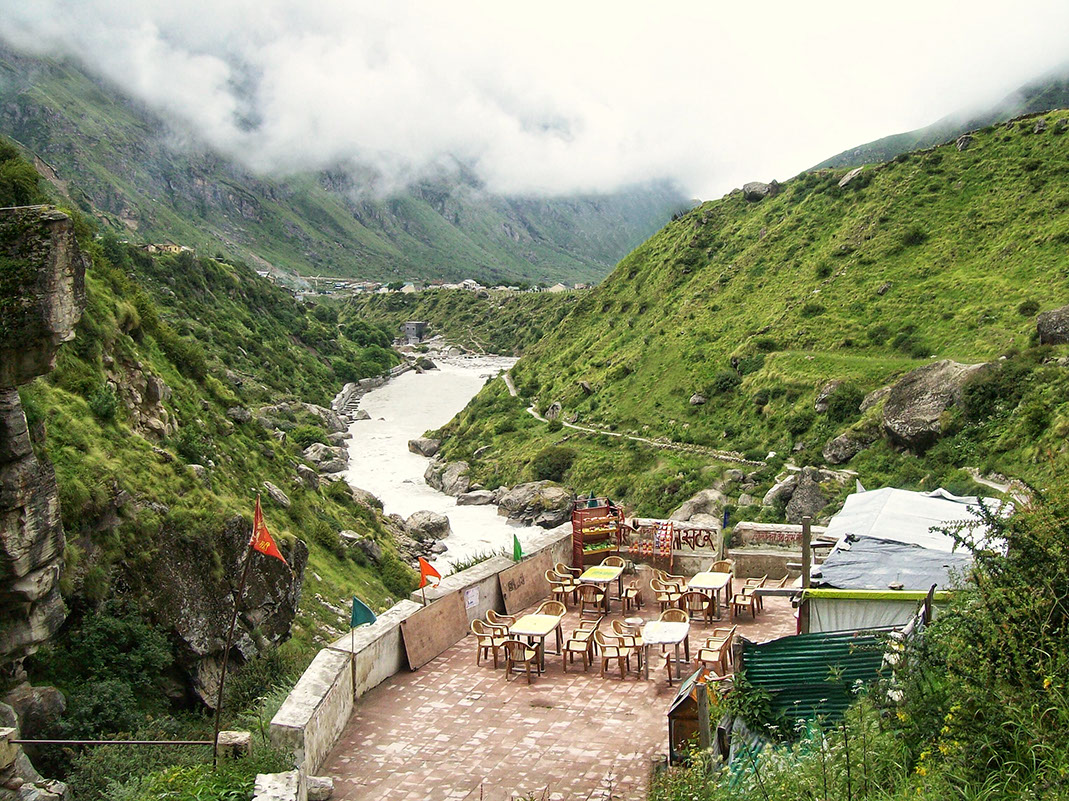
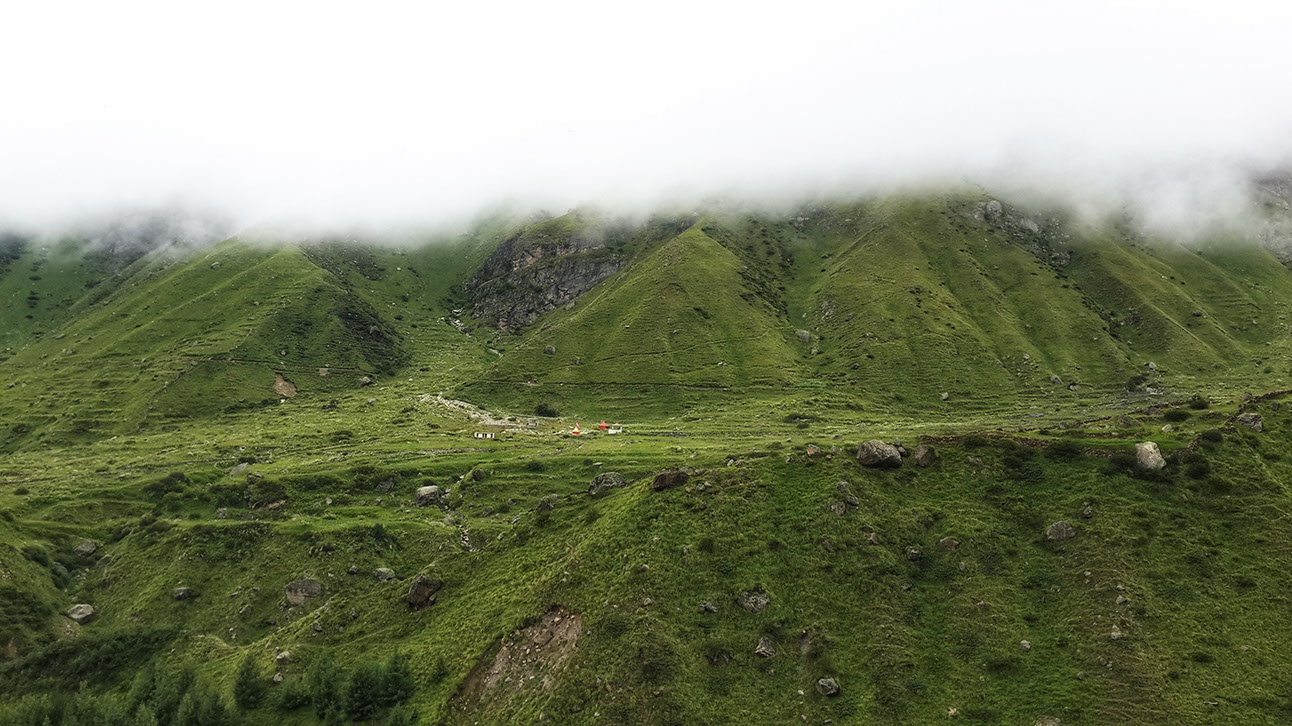
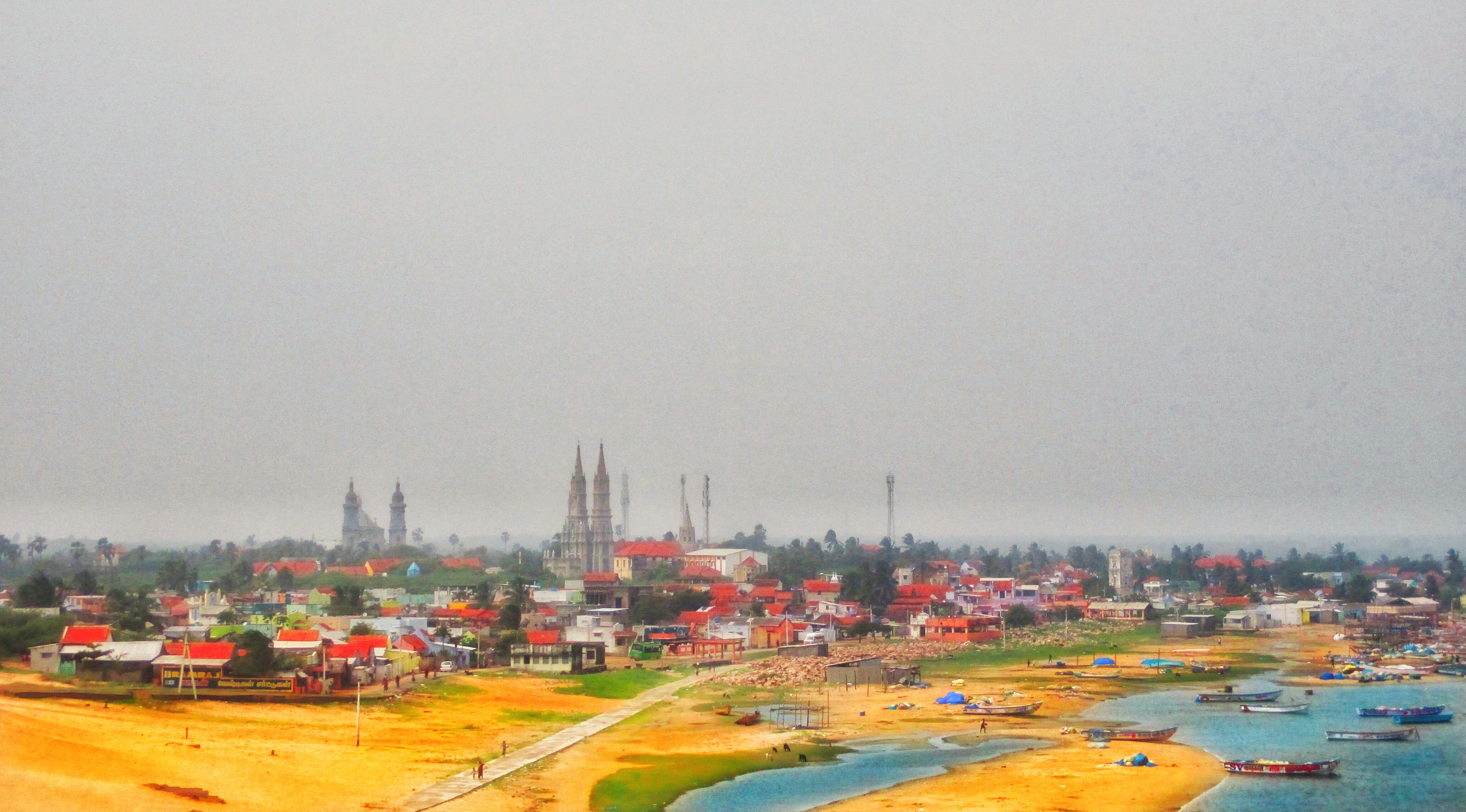
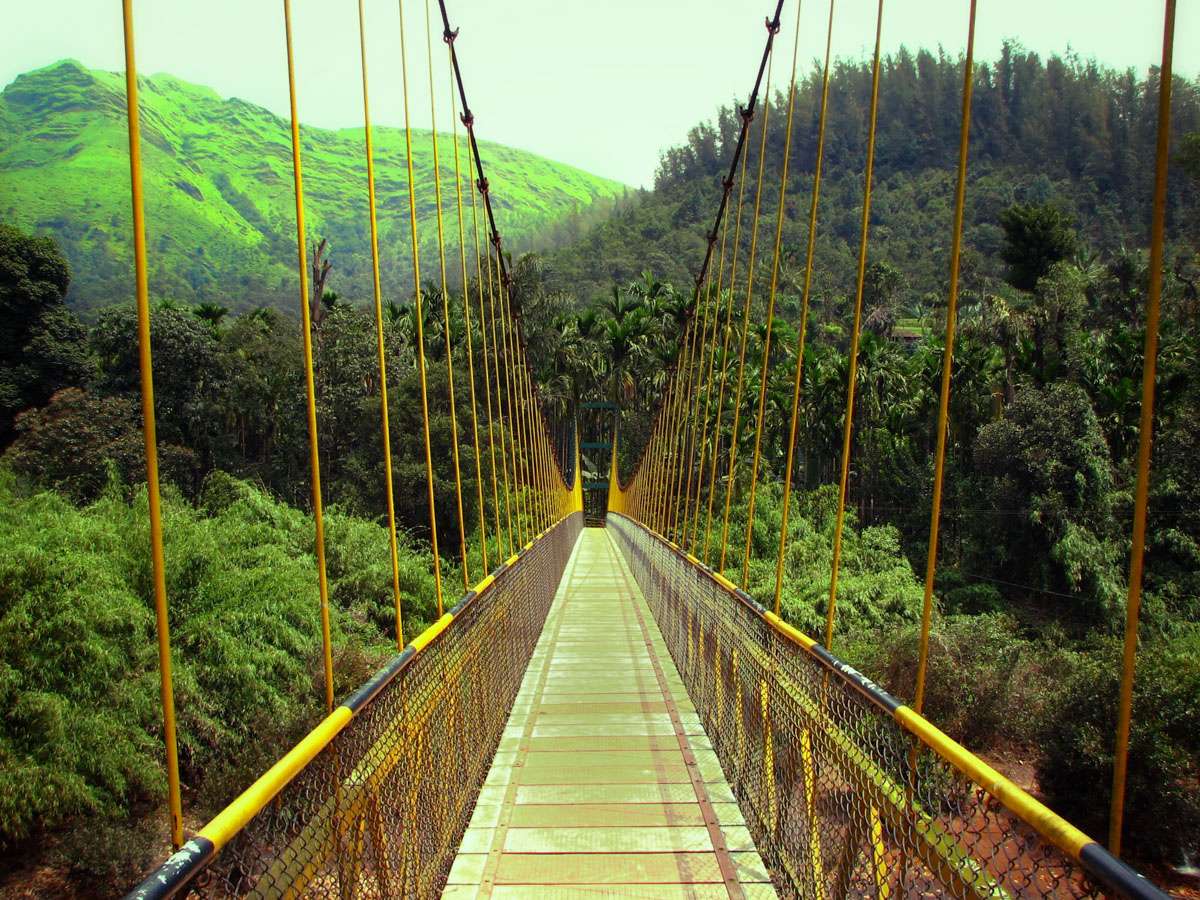
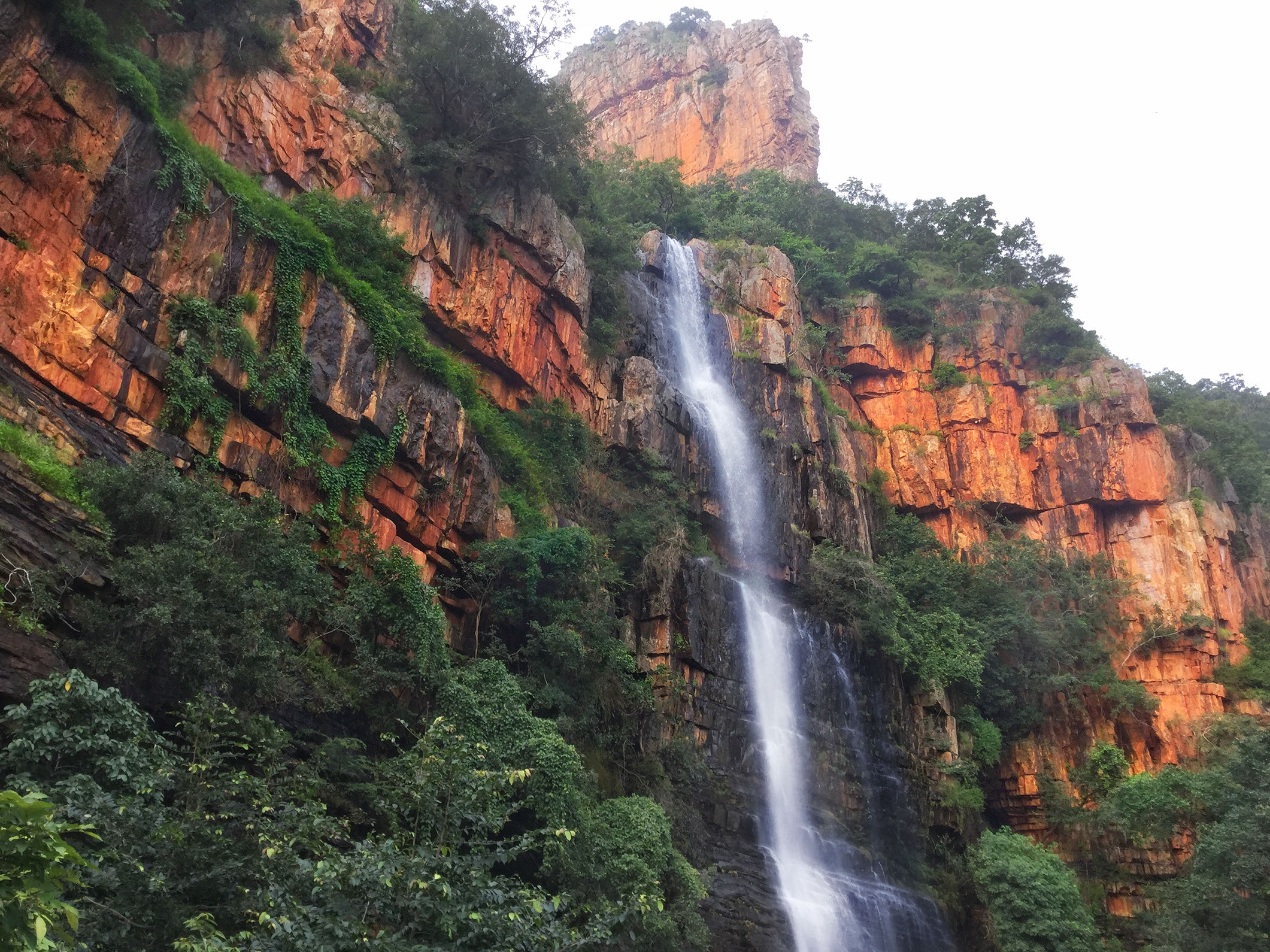

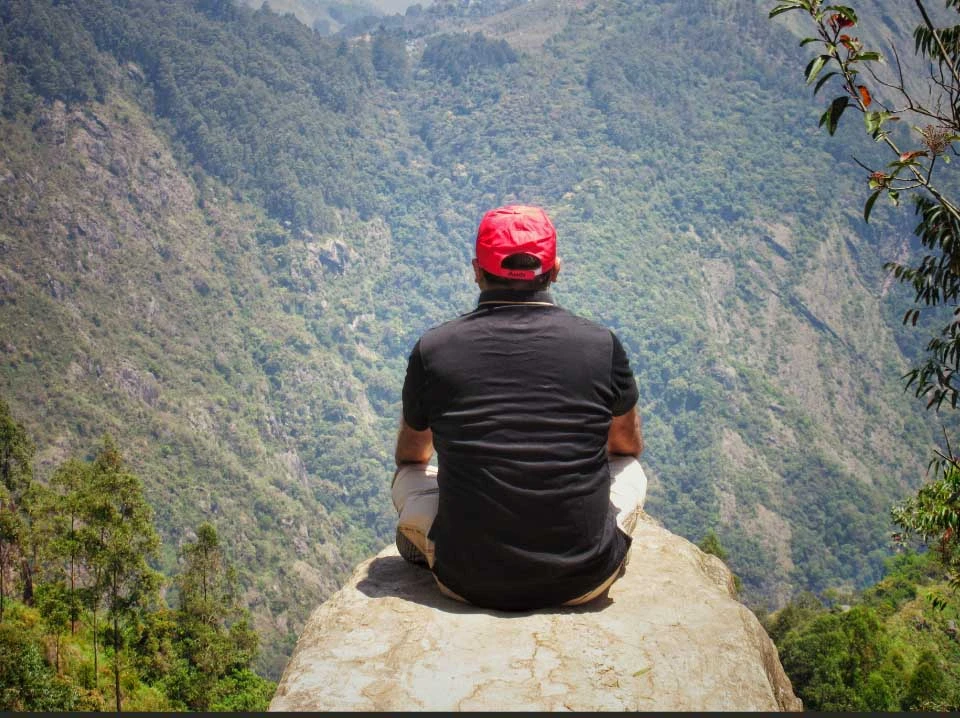
Name
Email
Comment